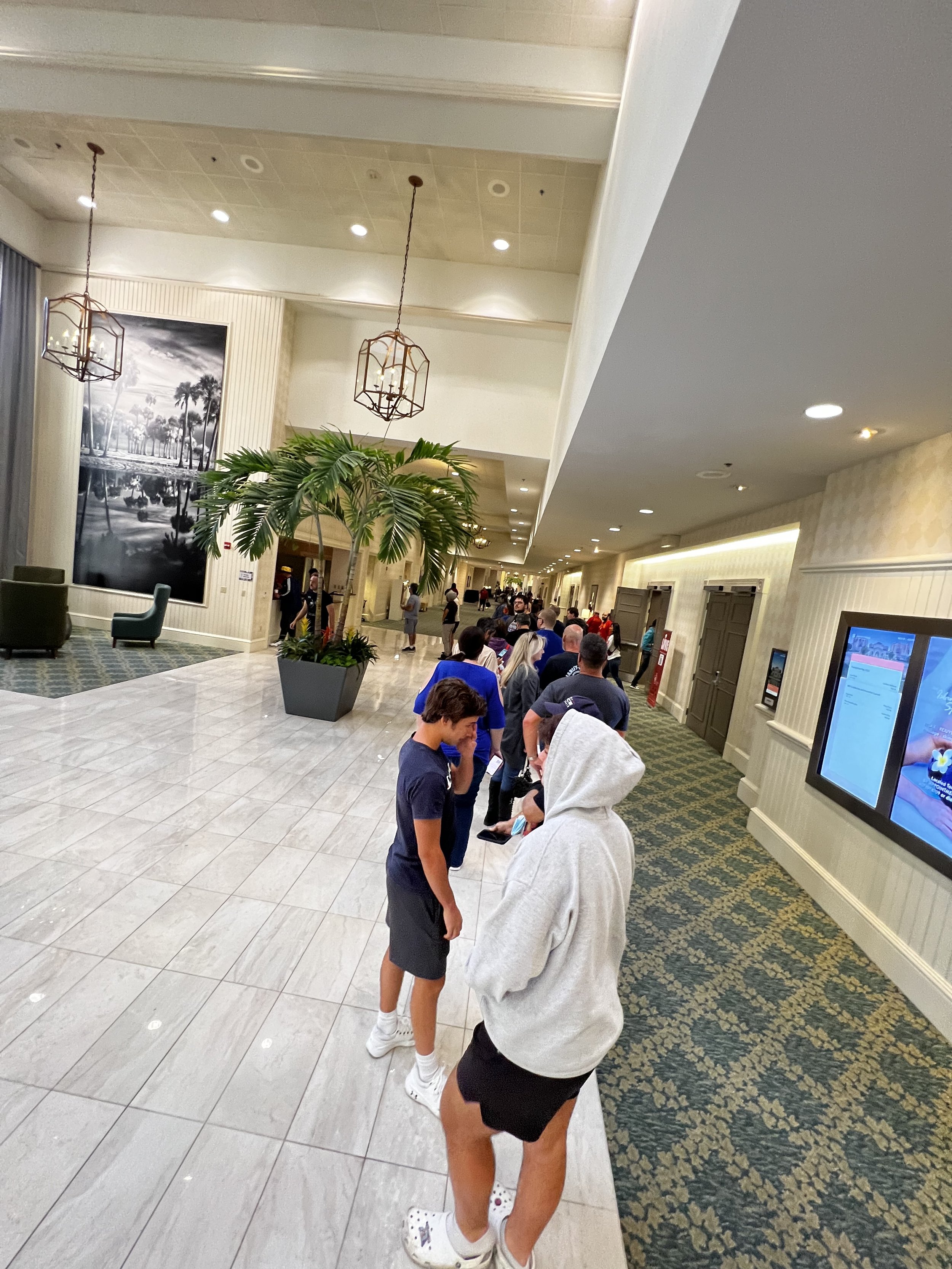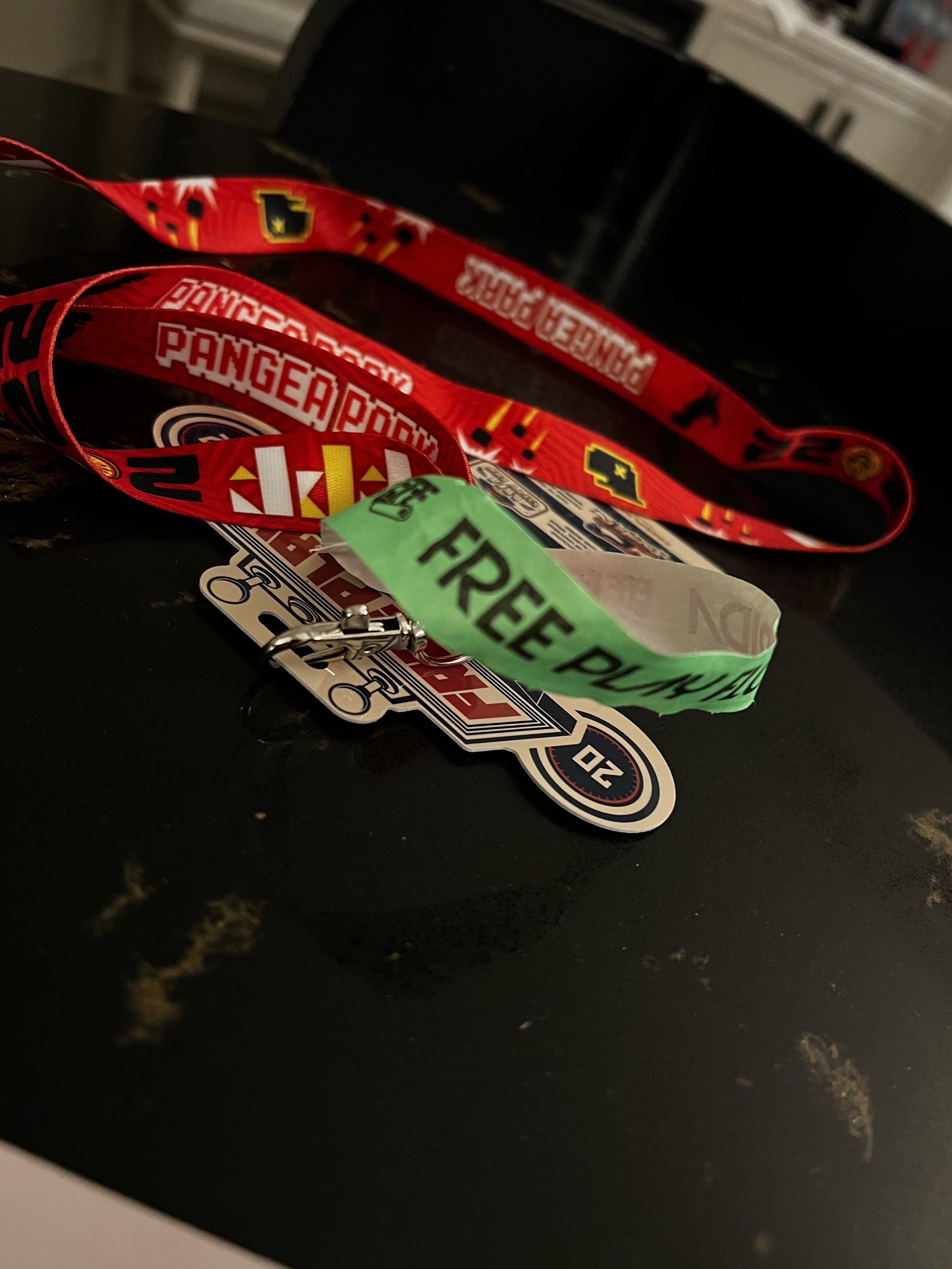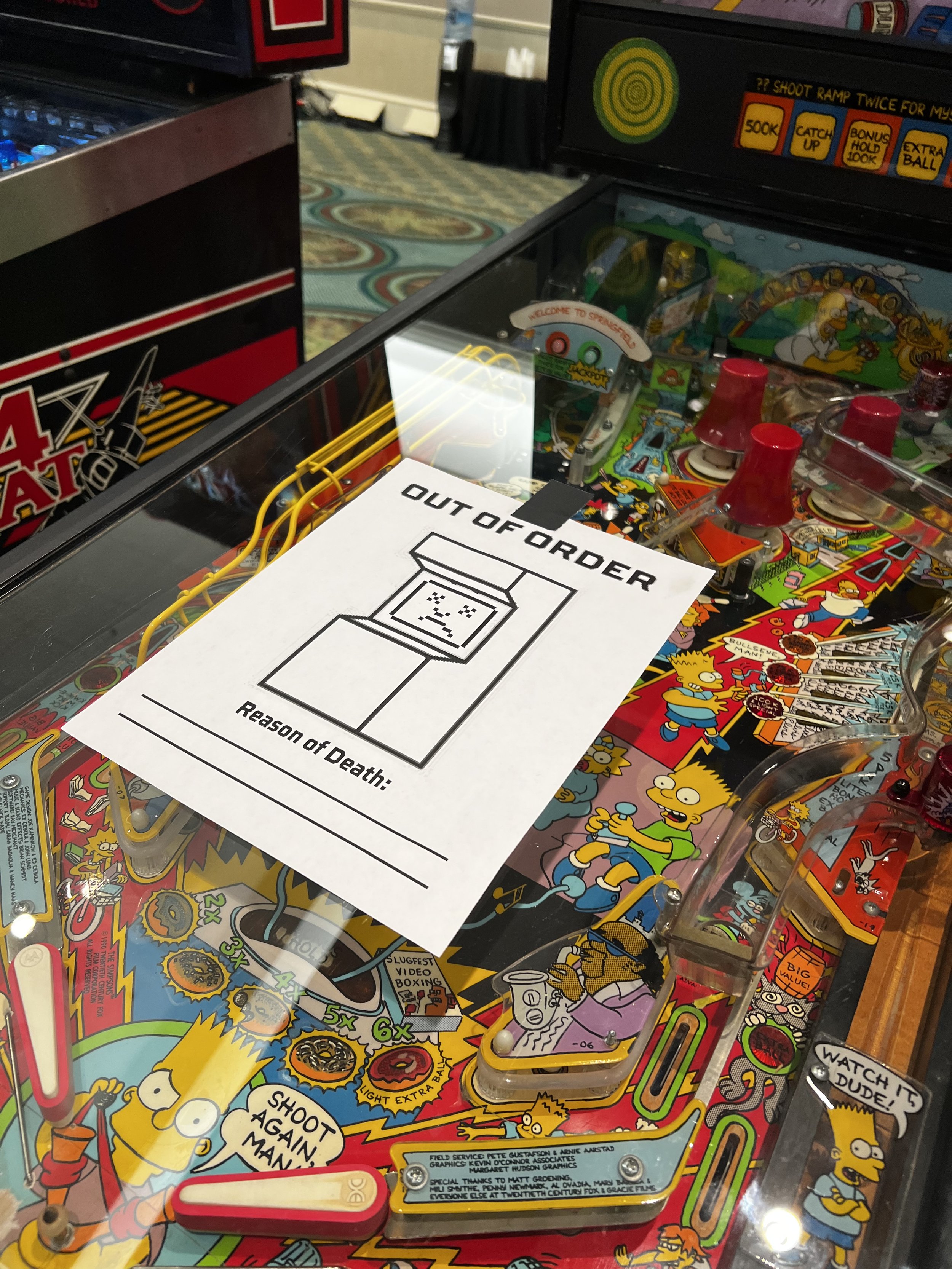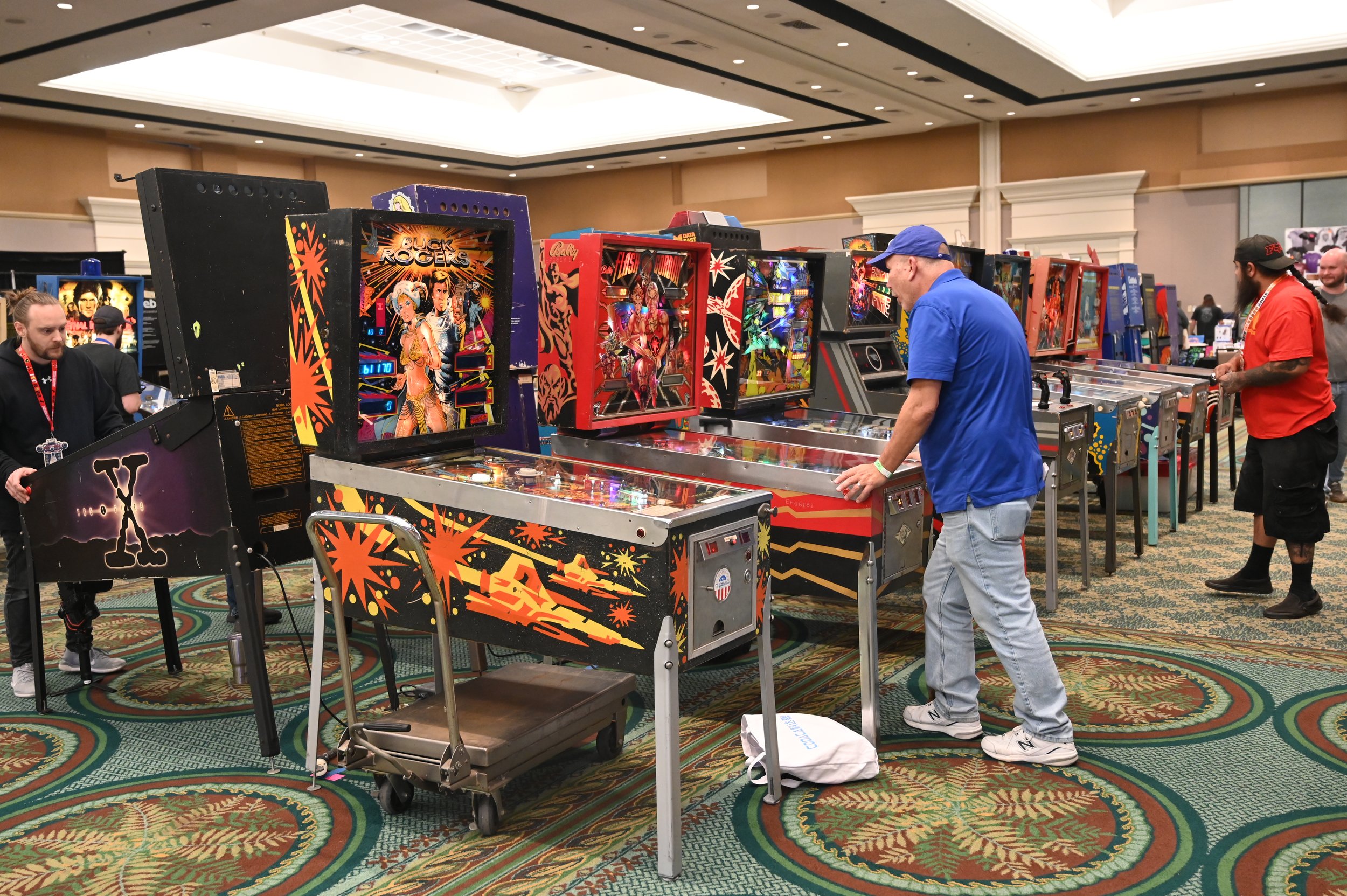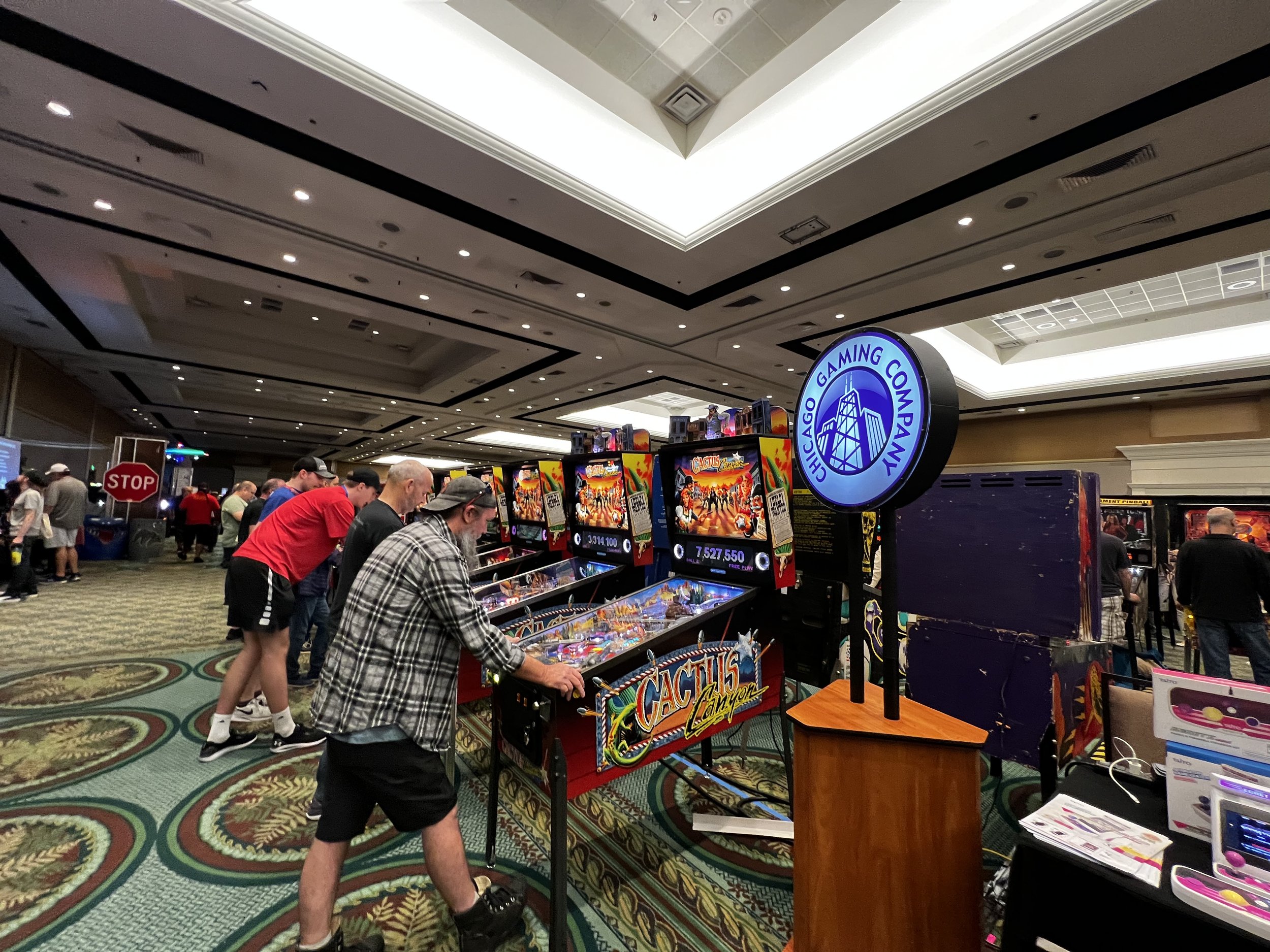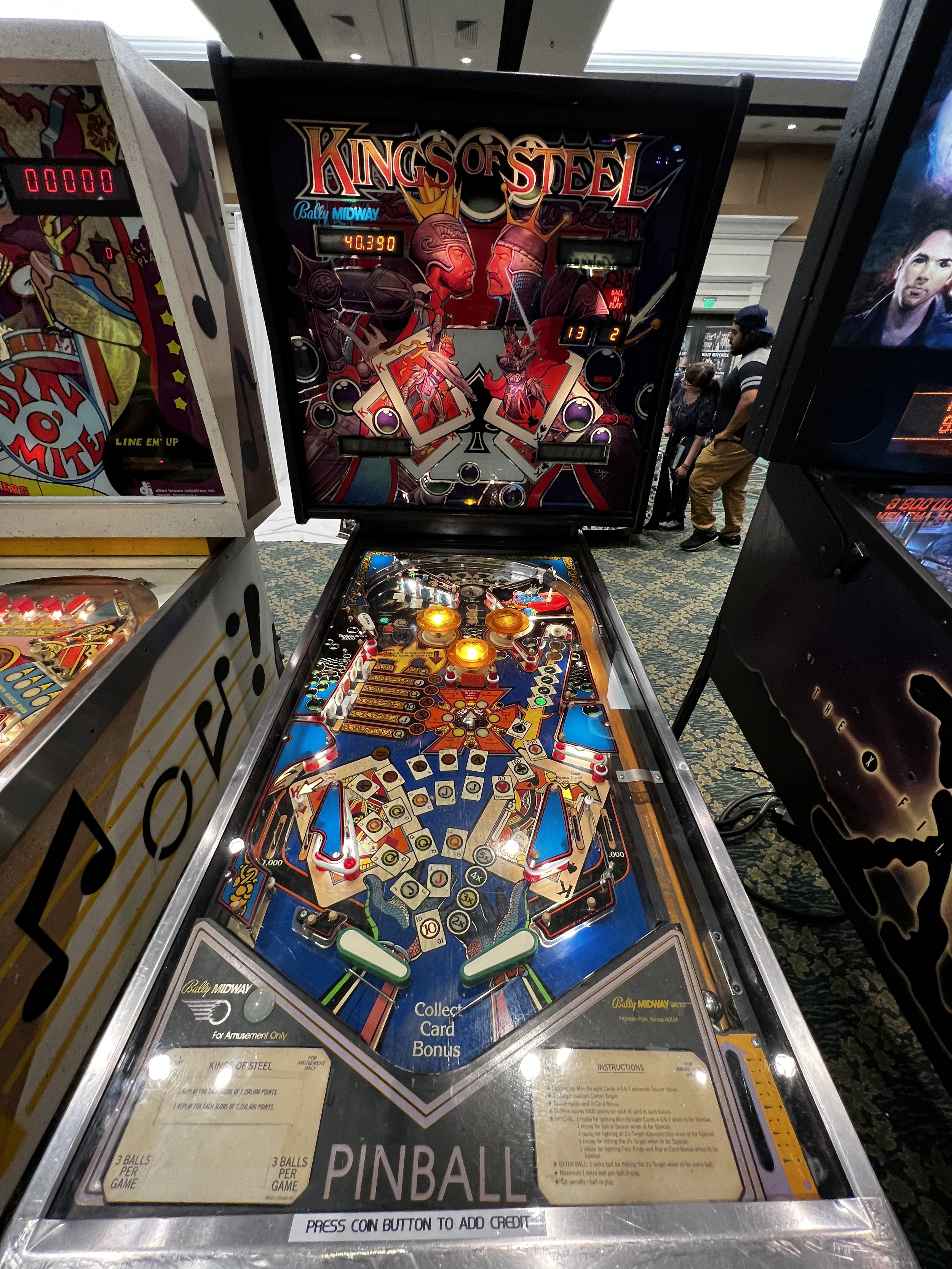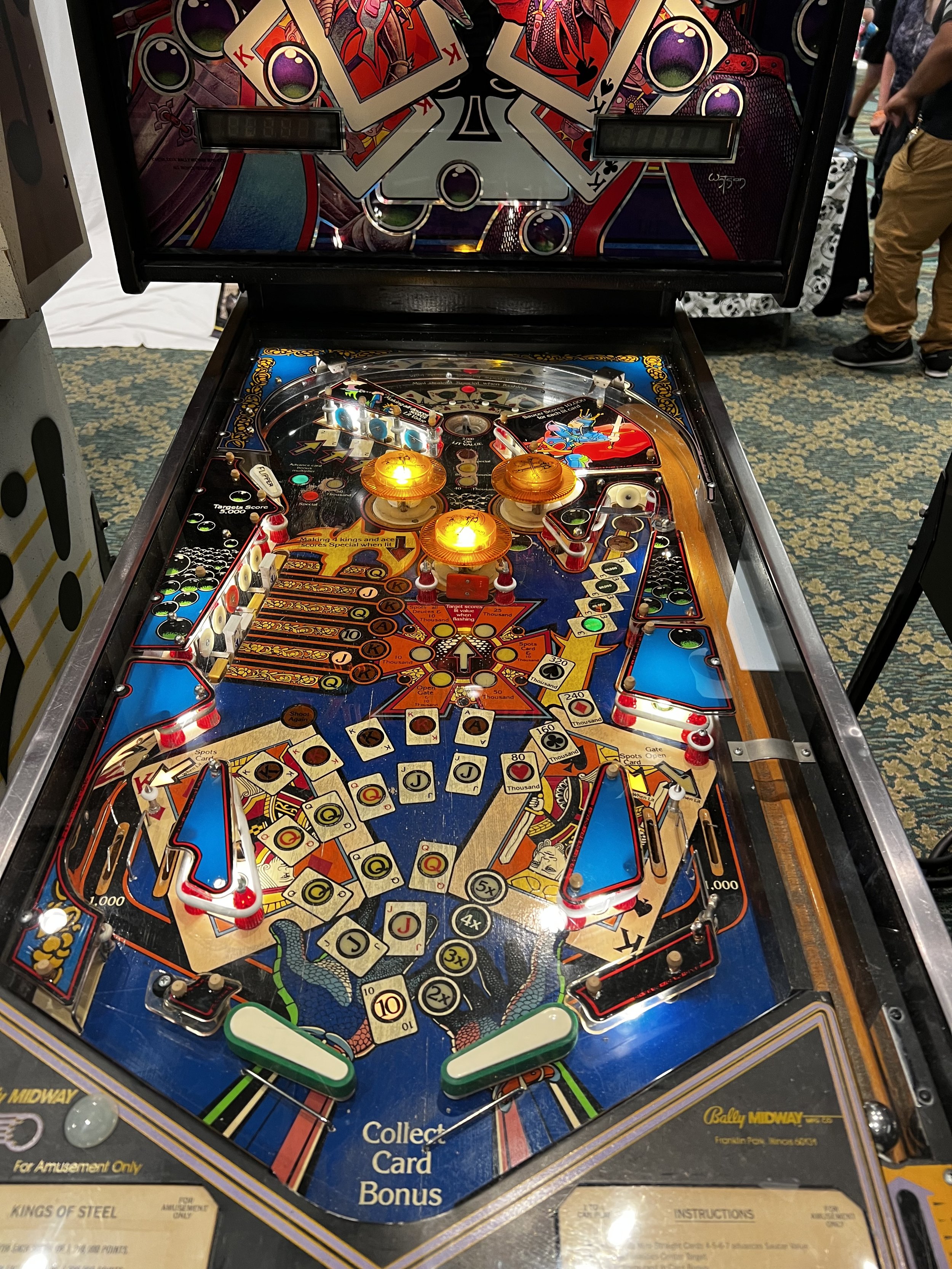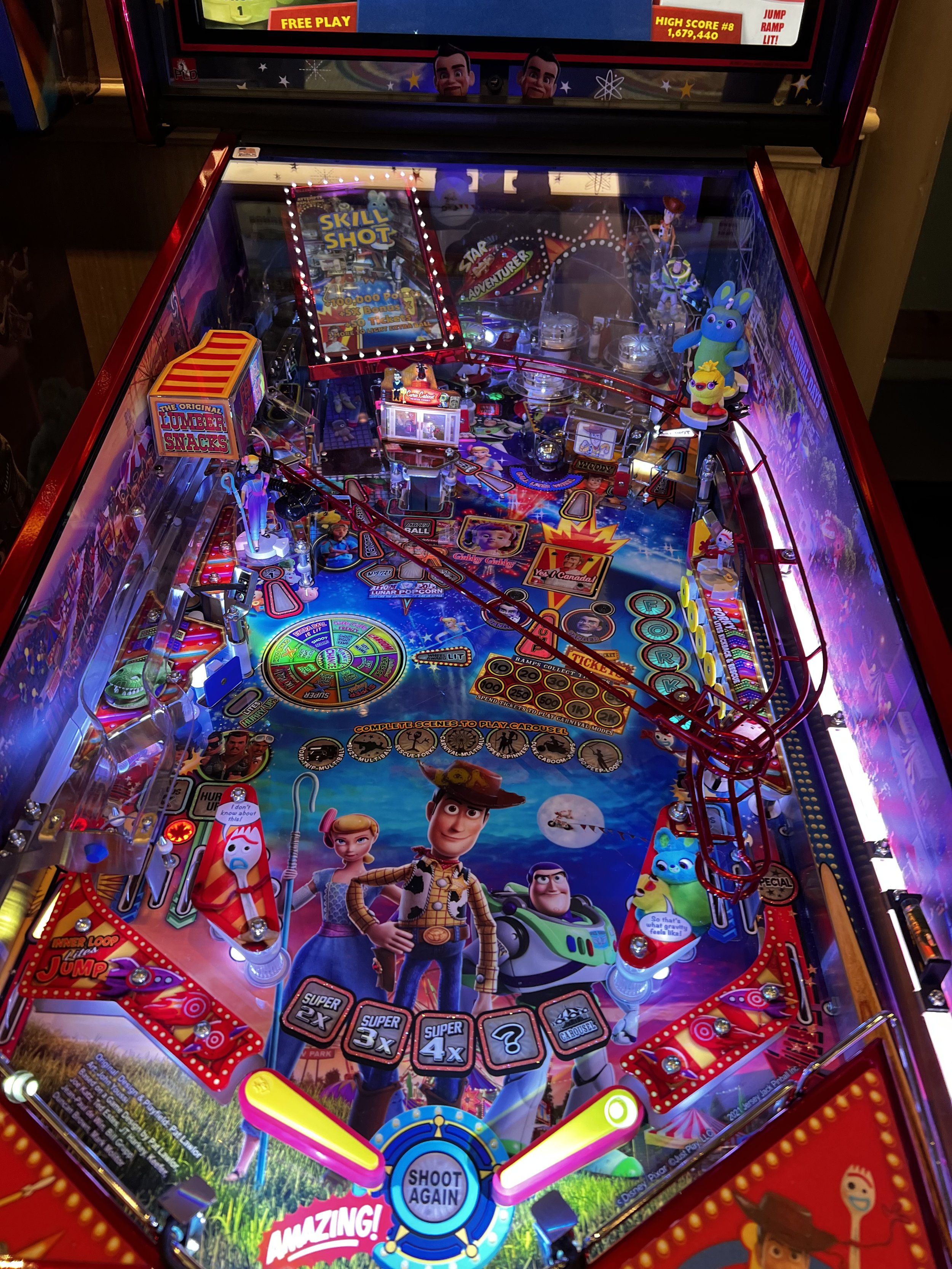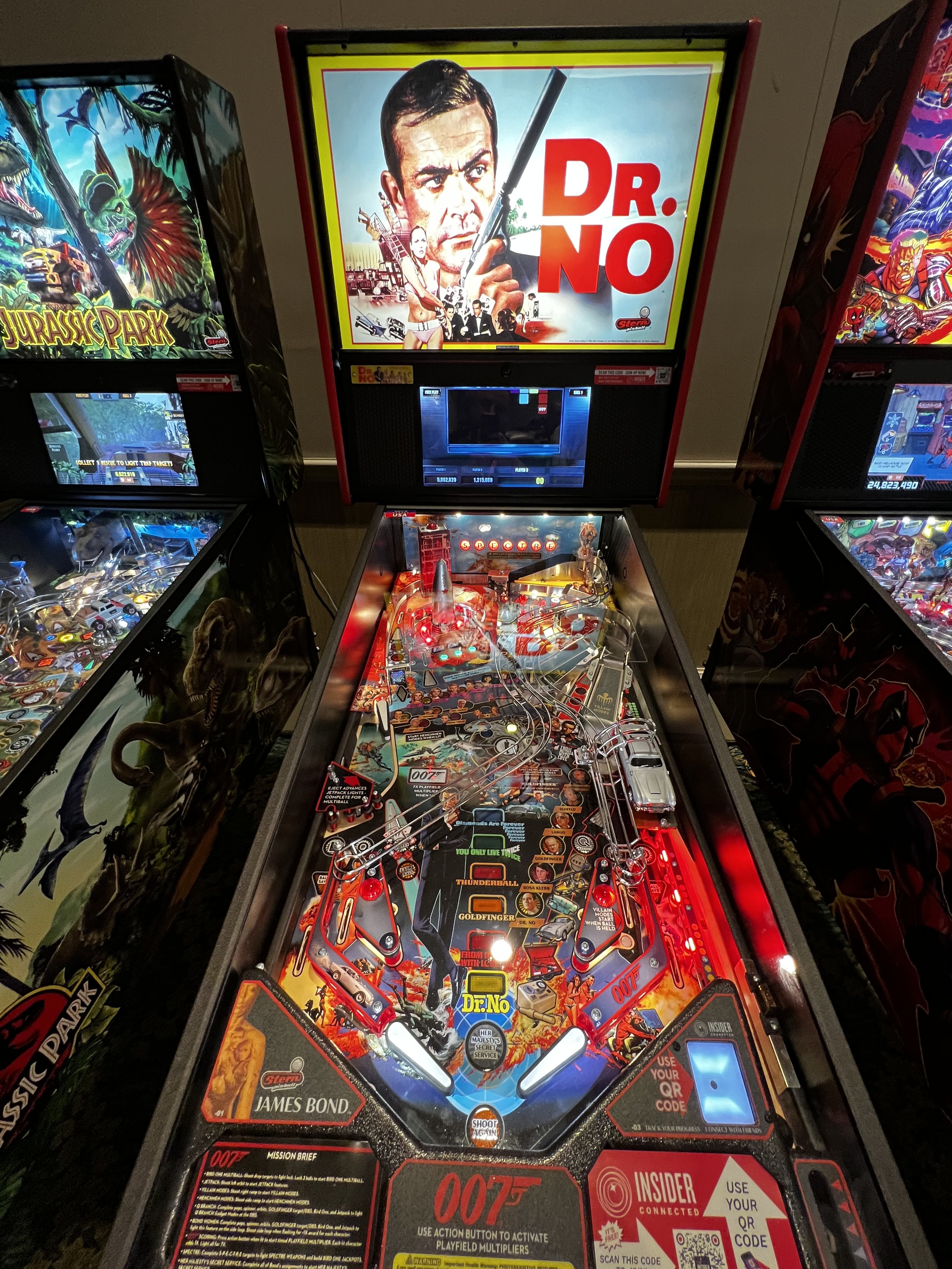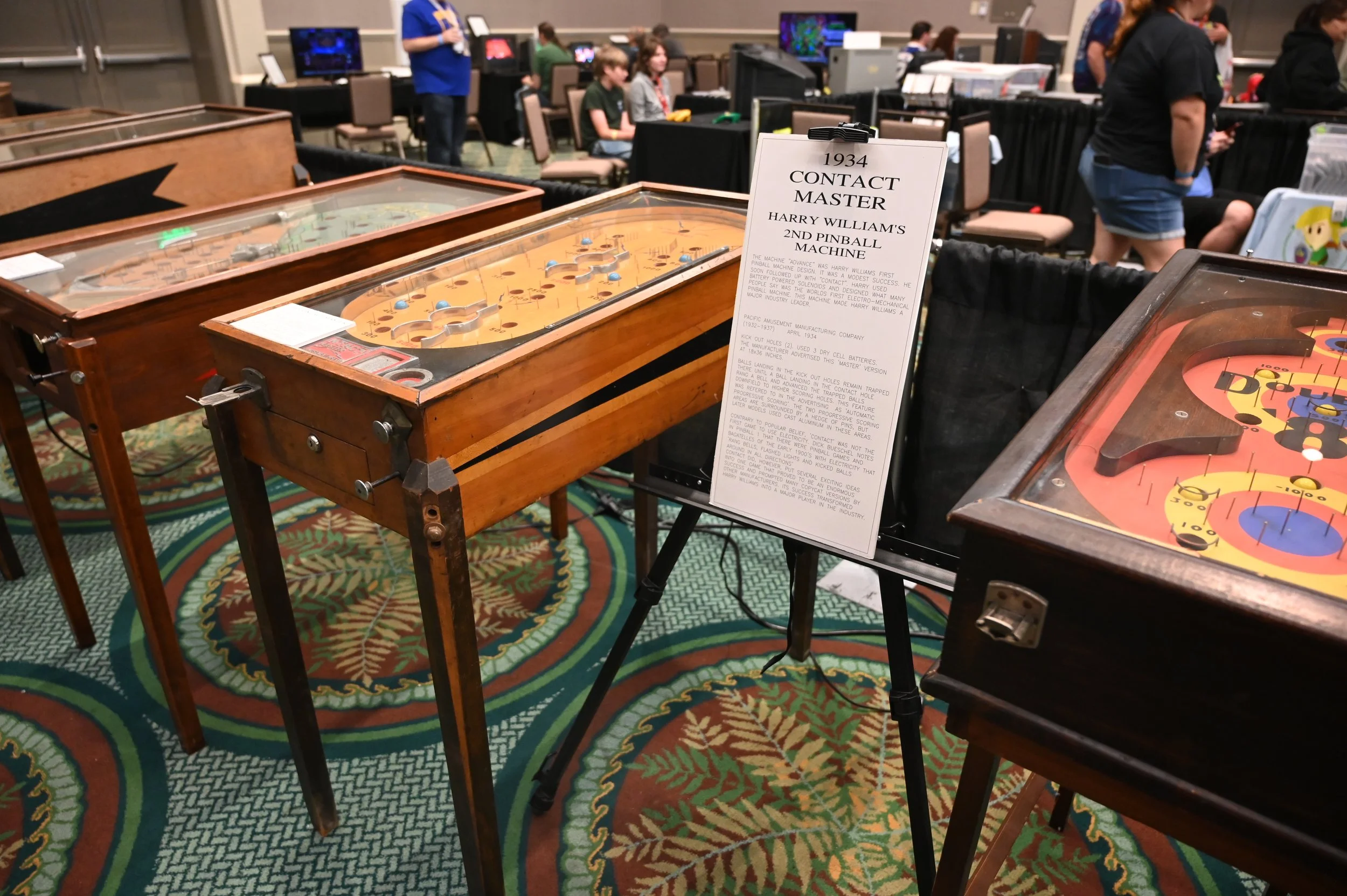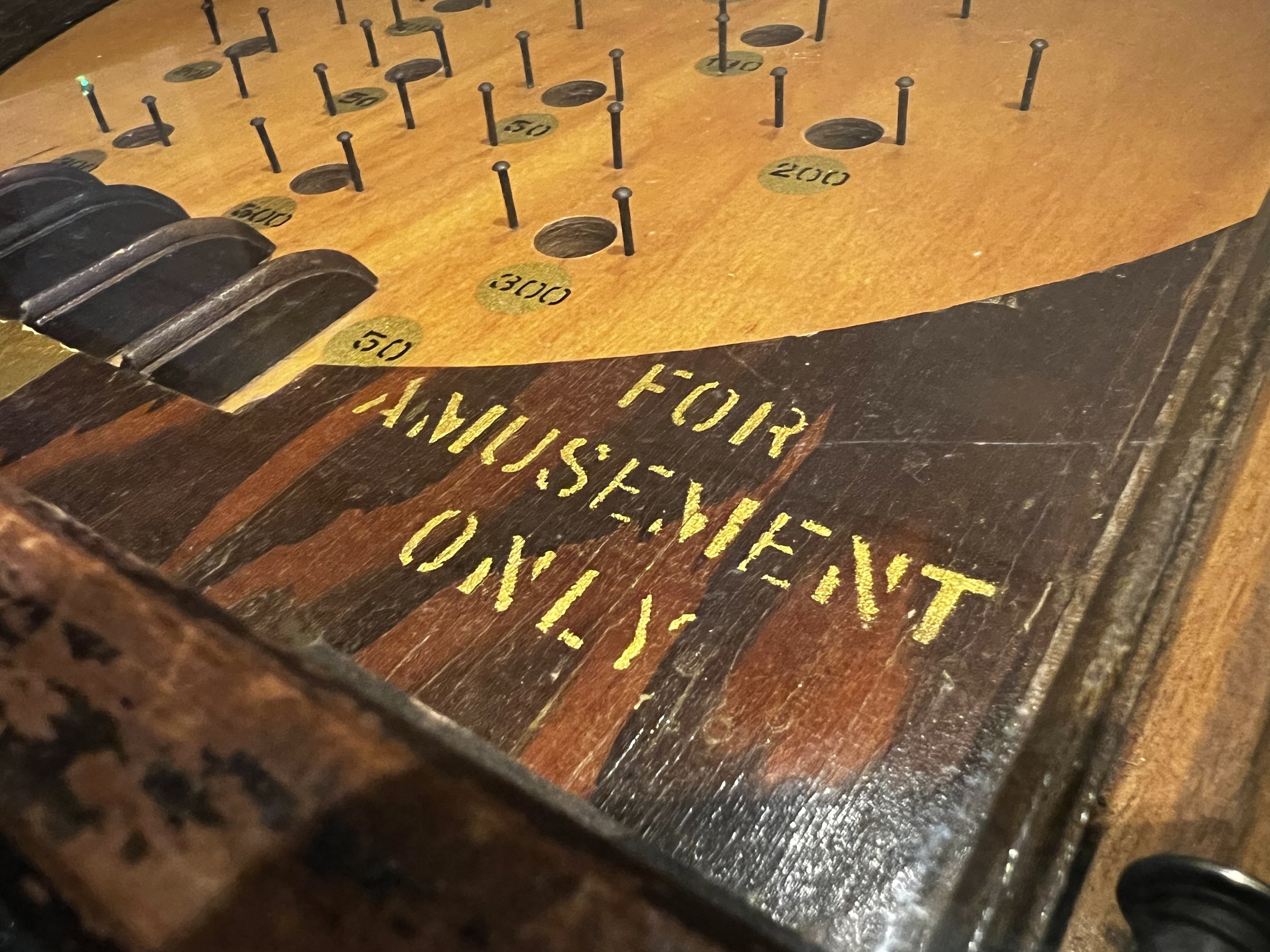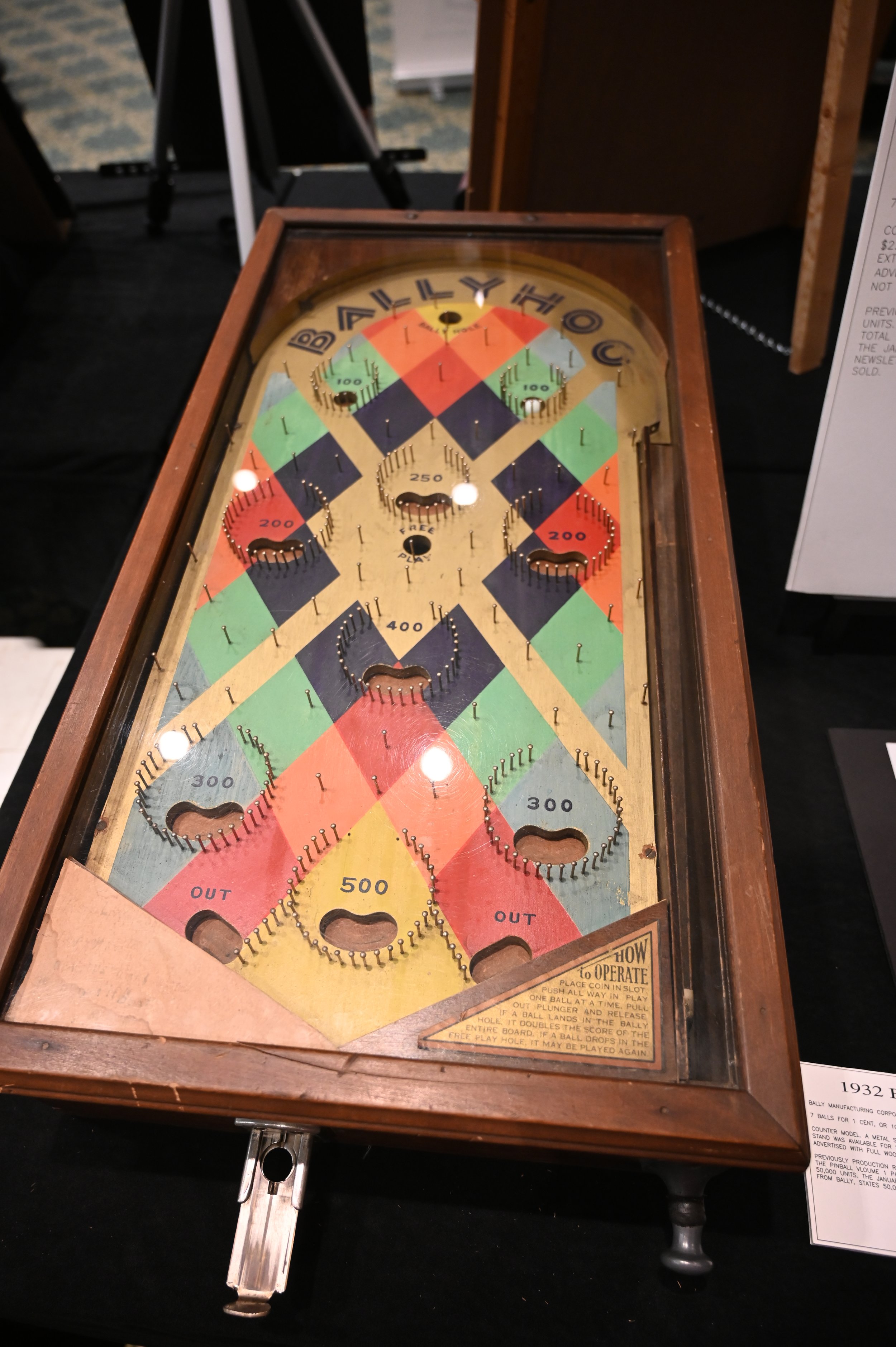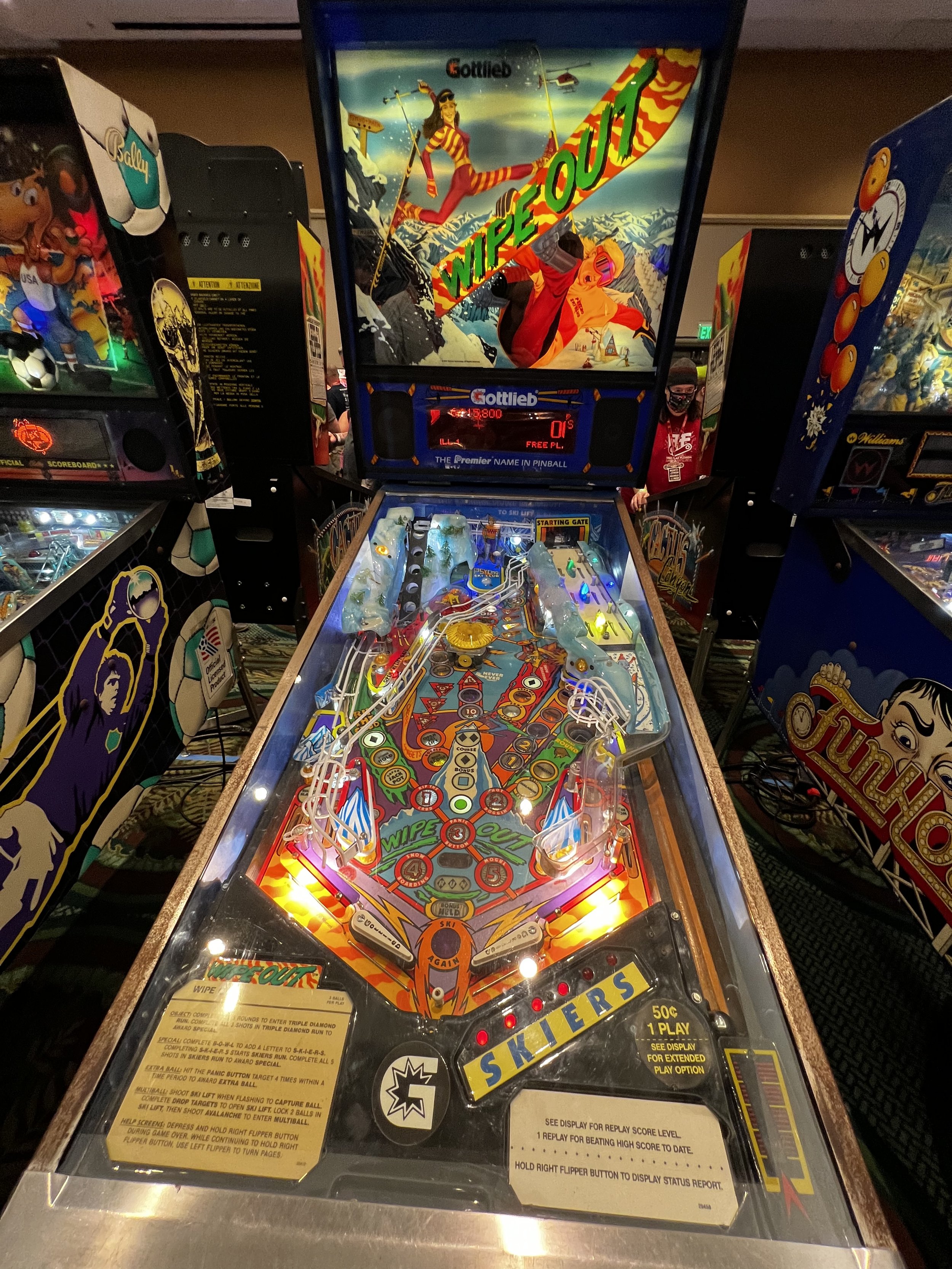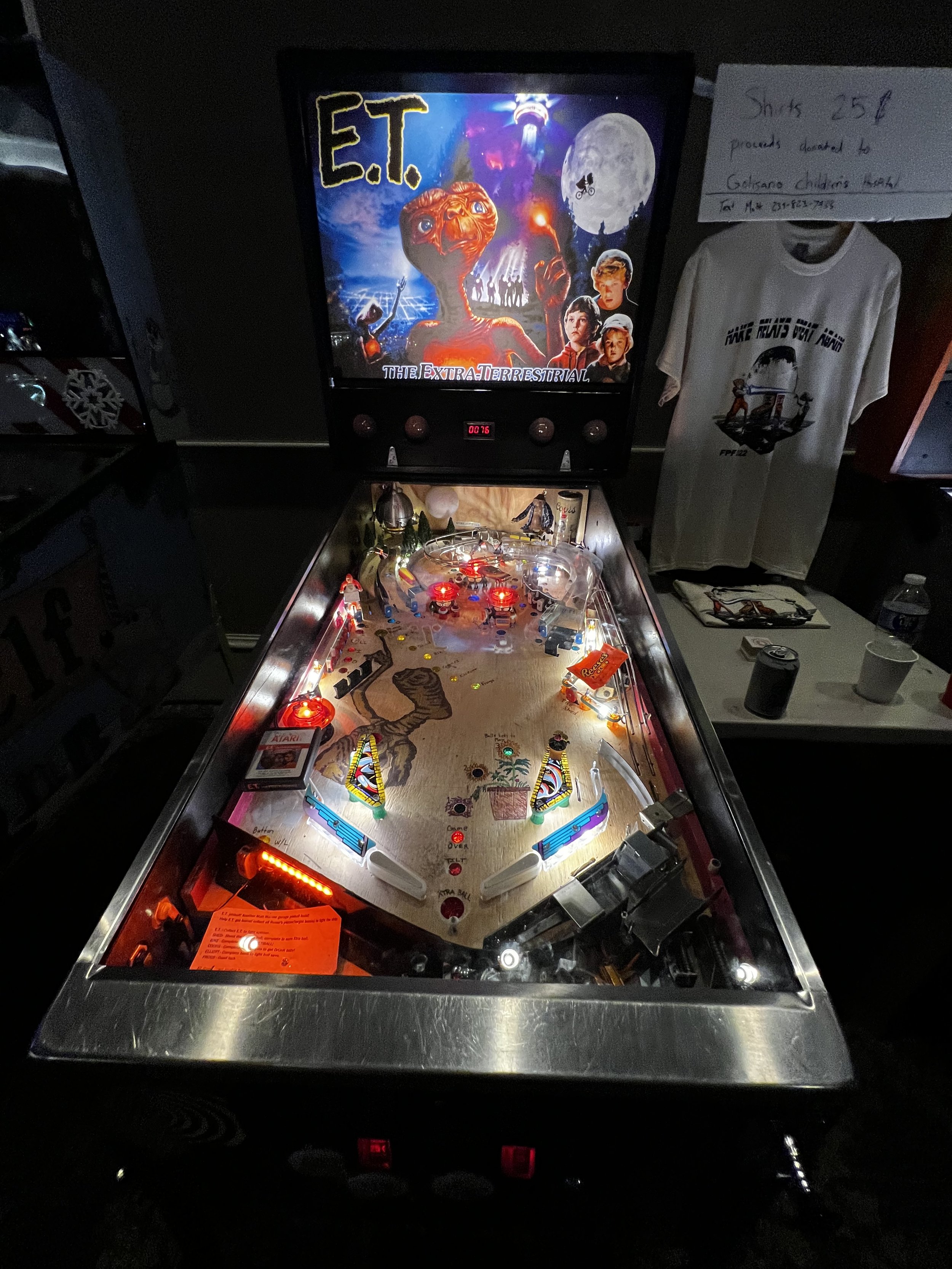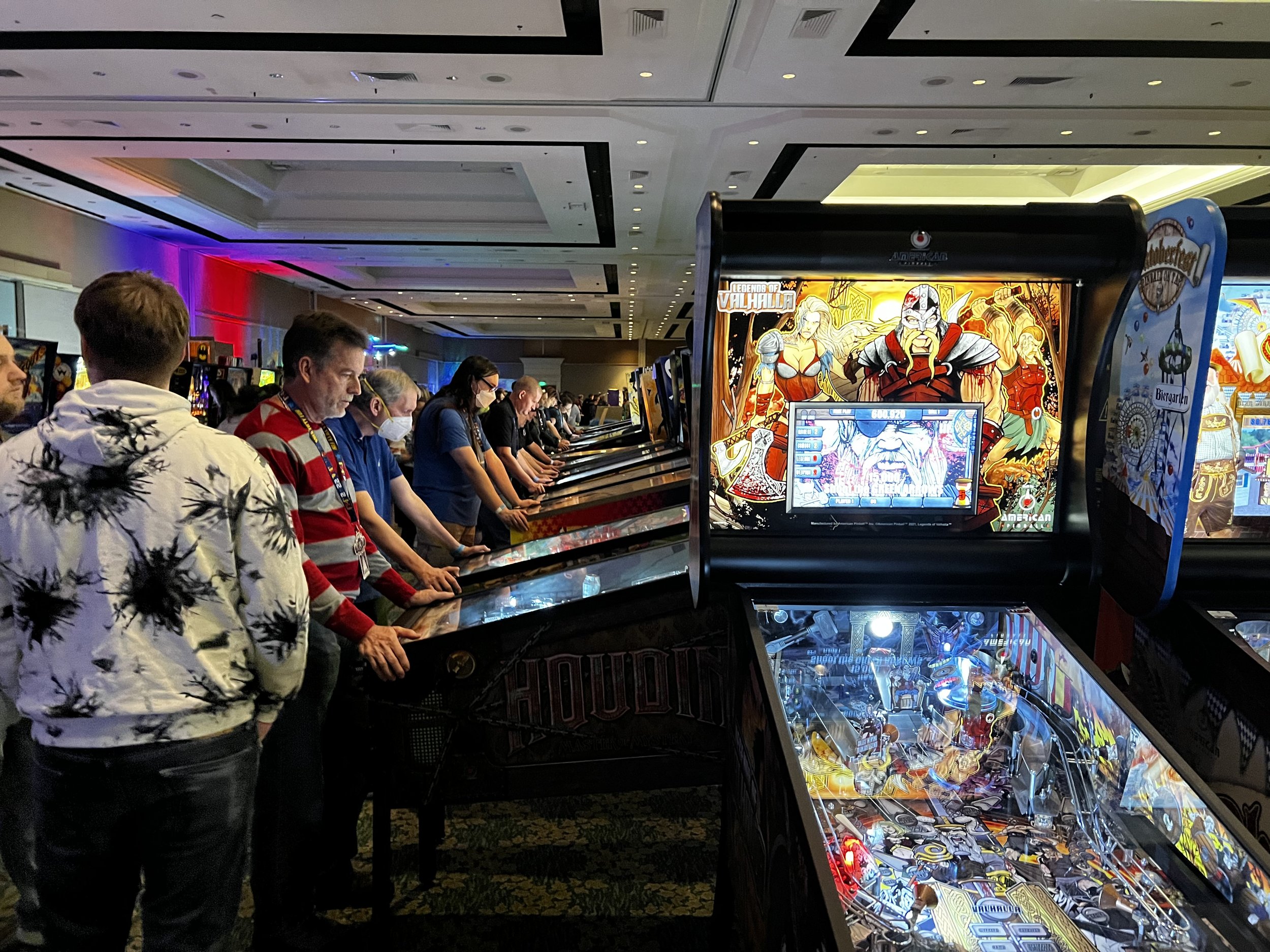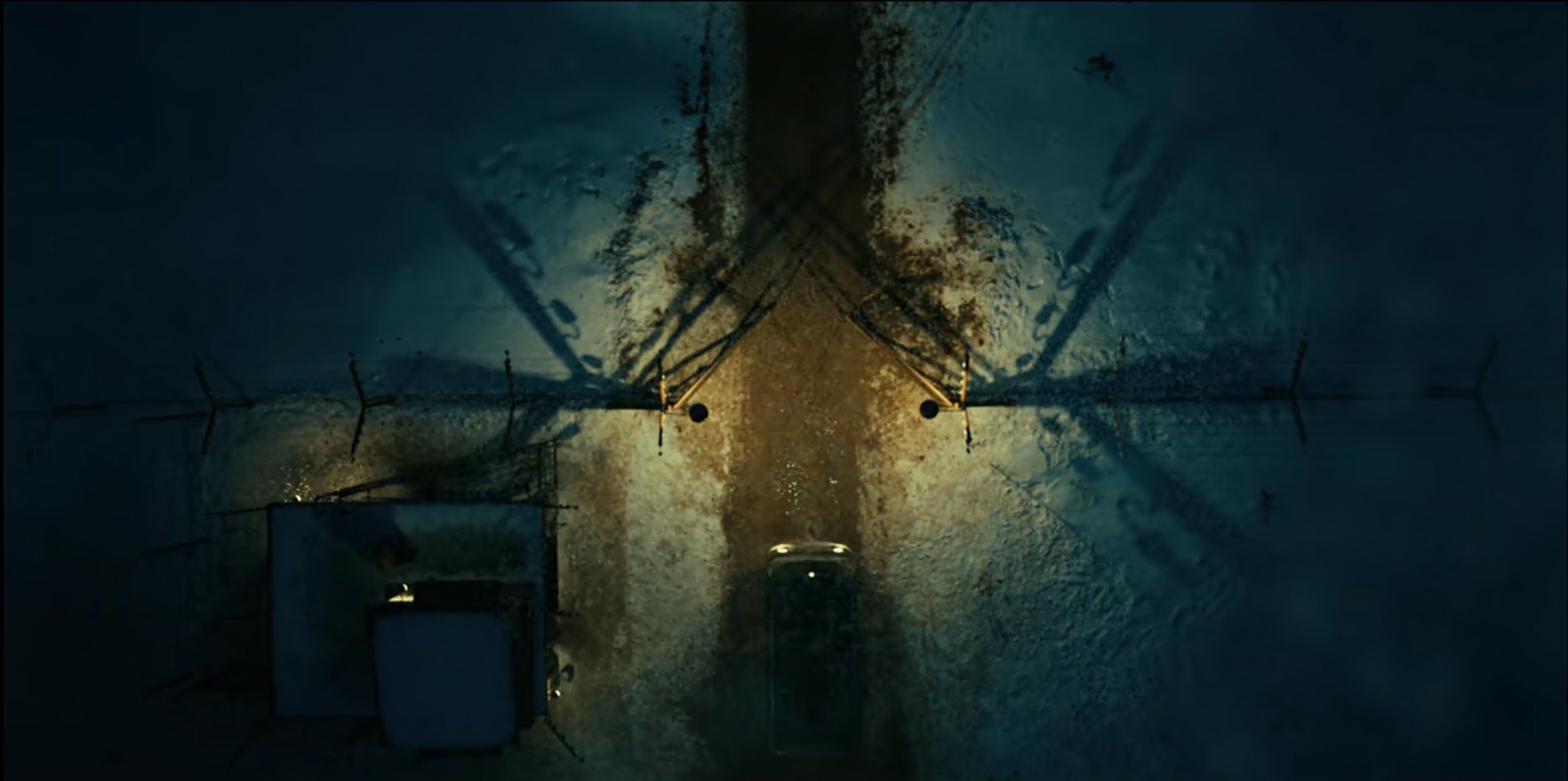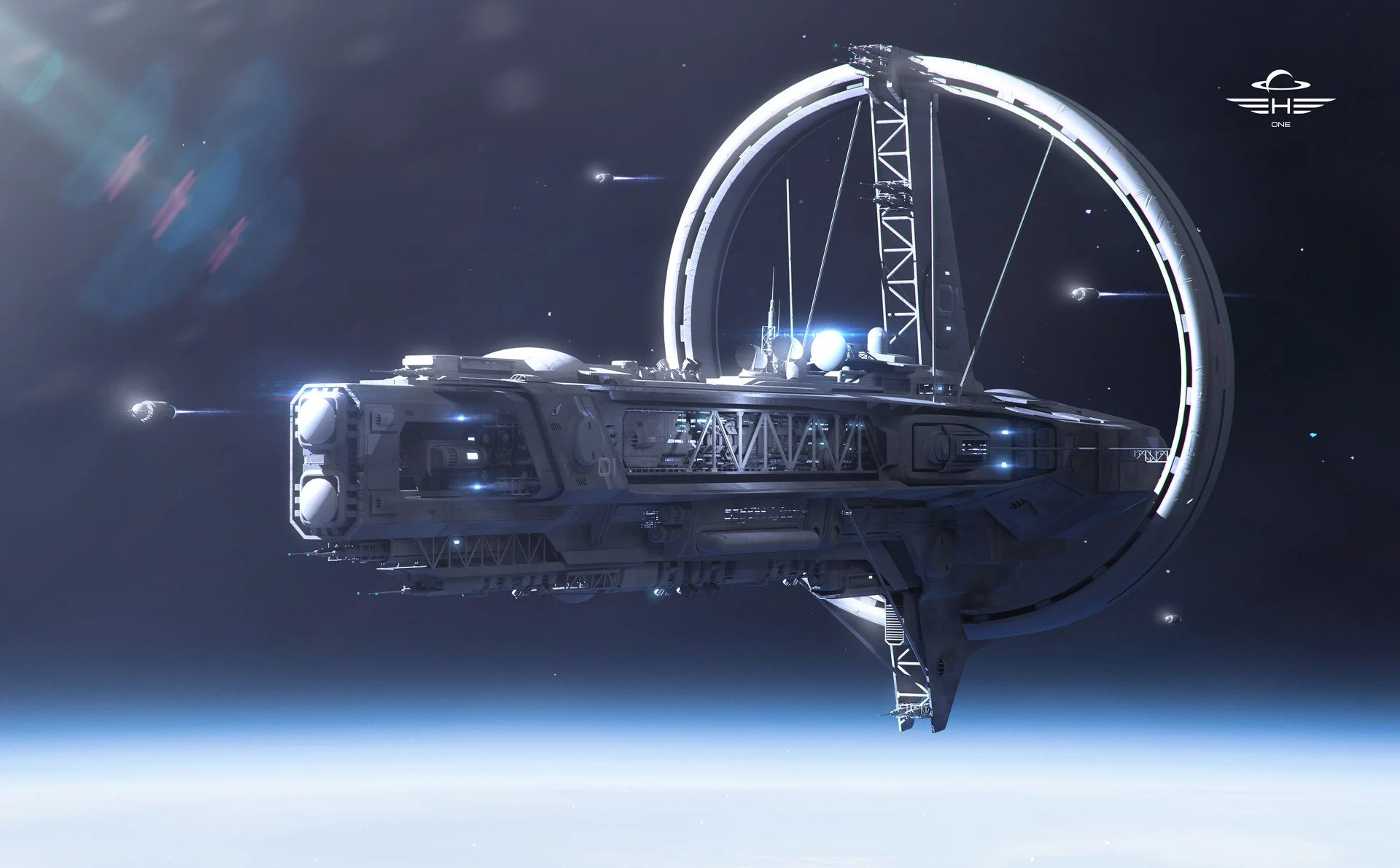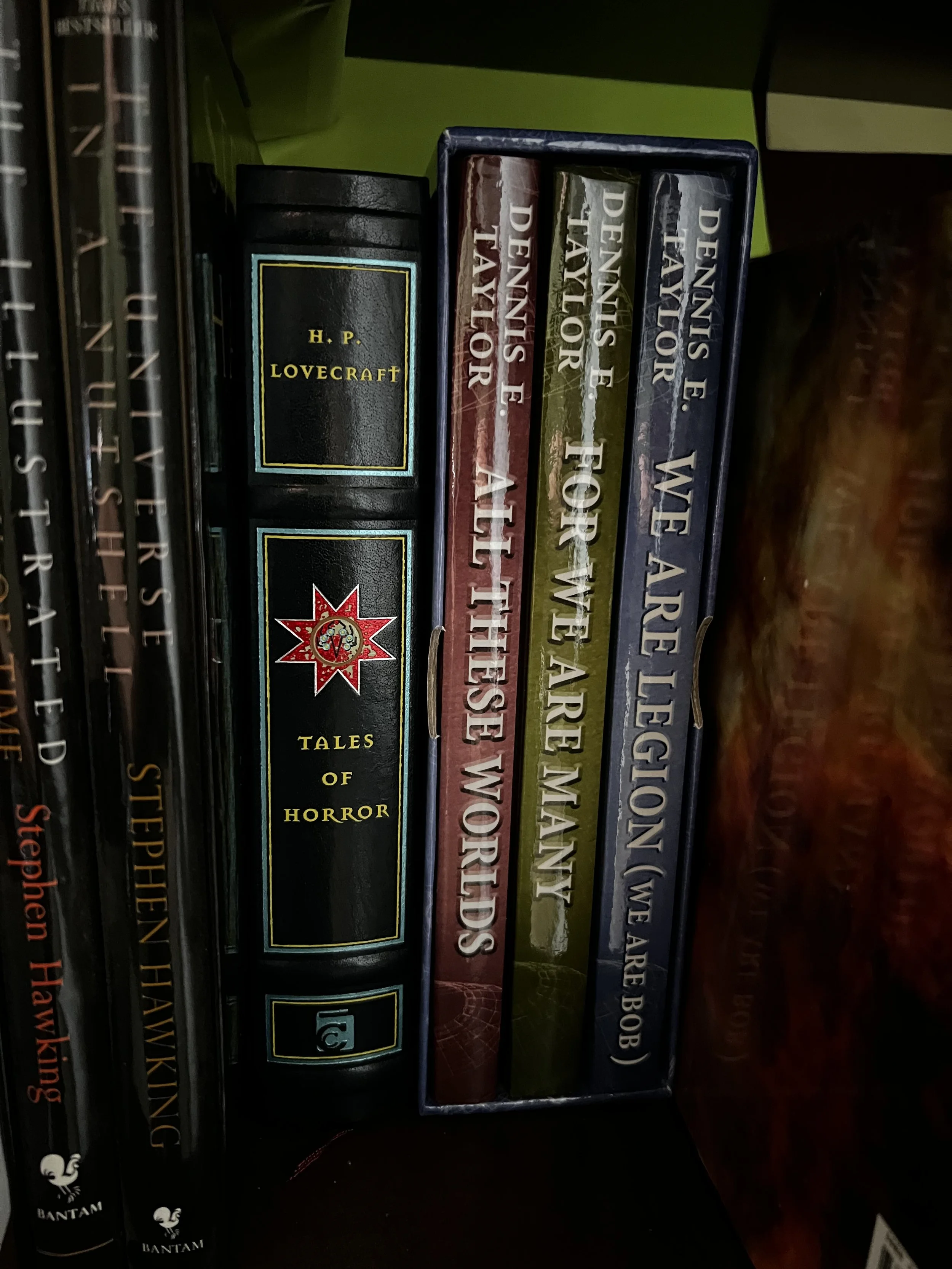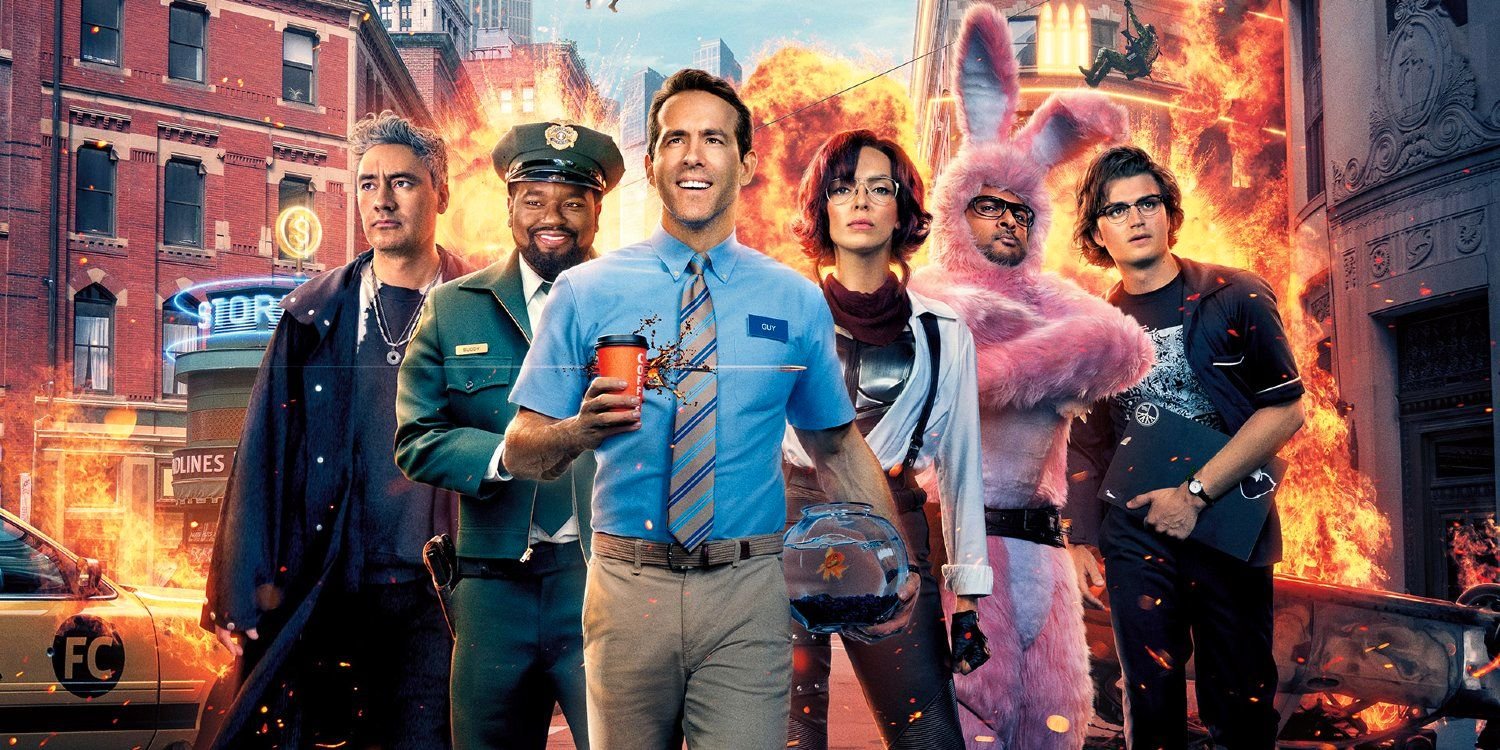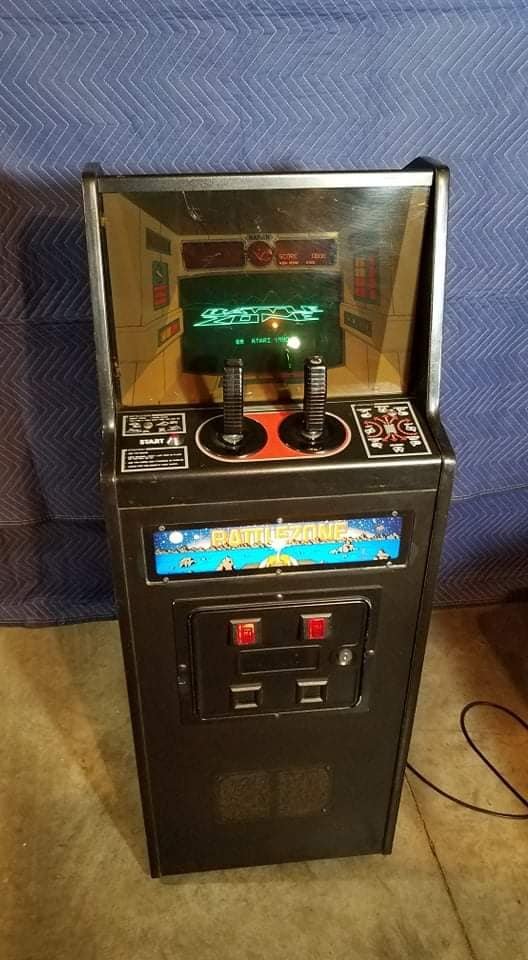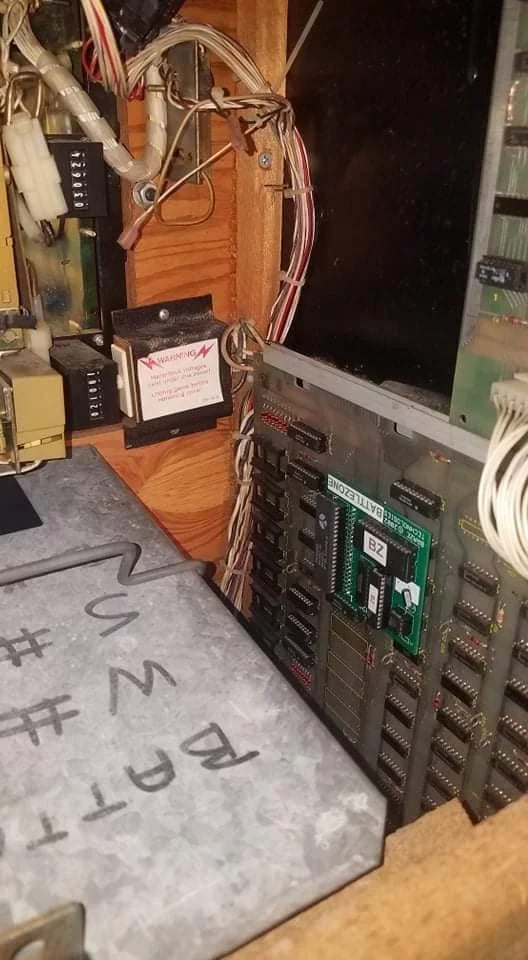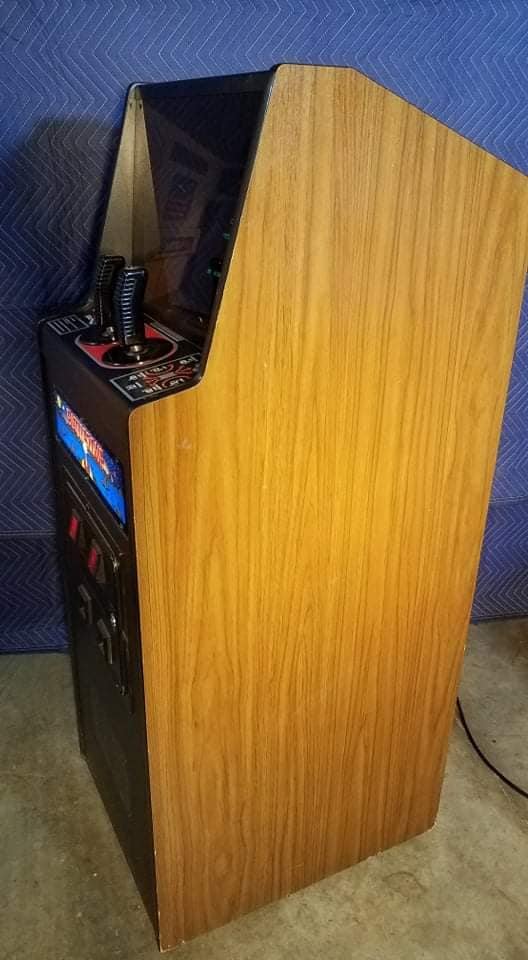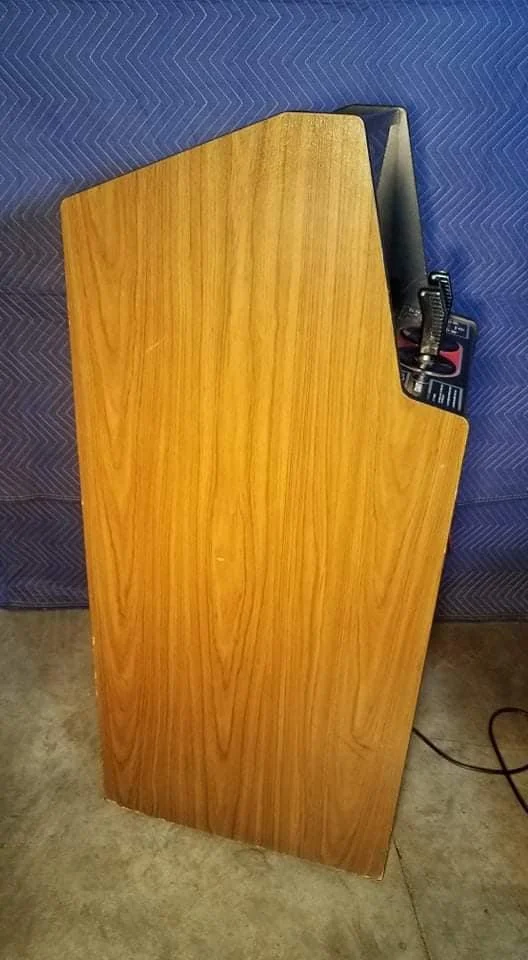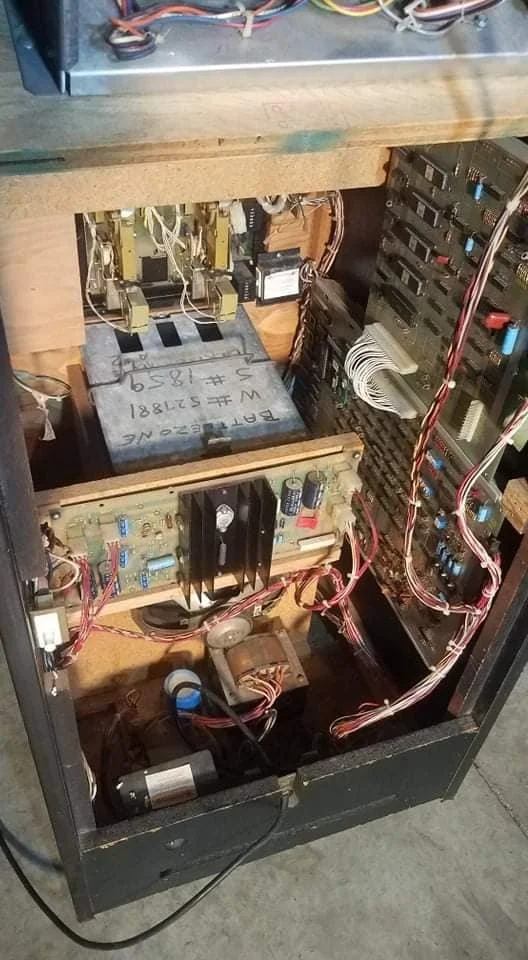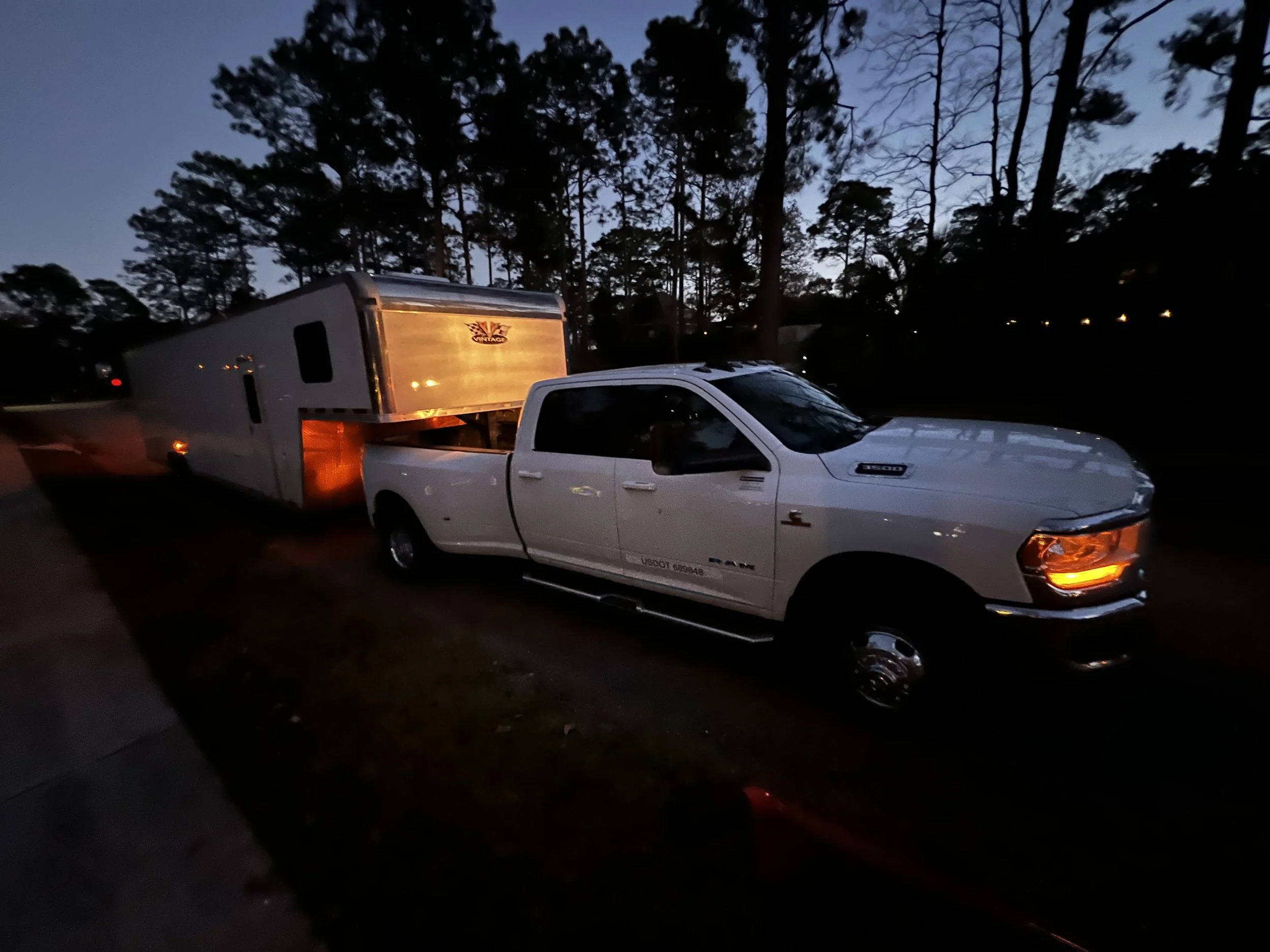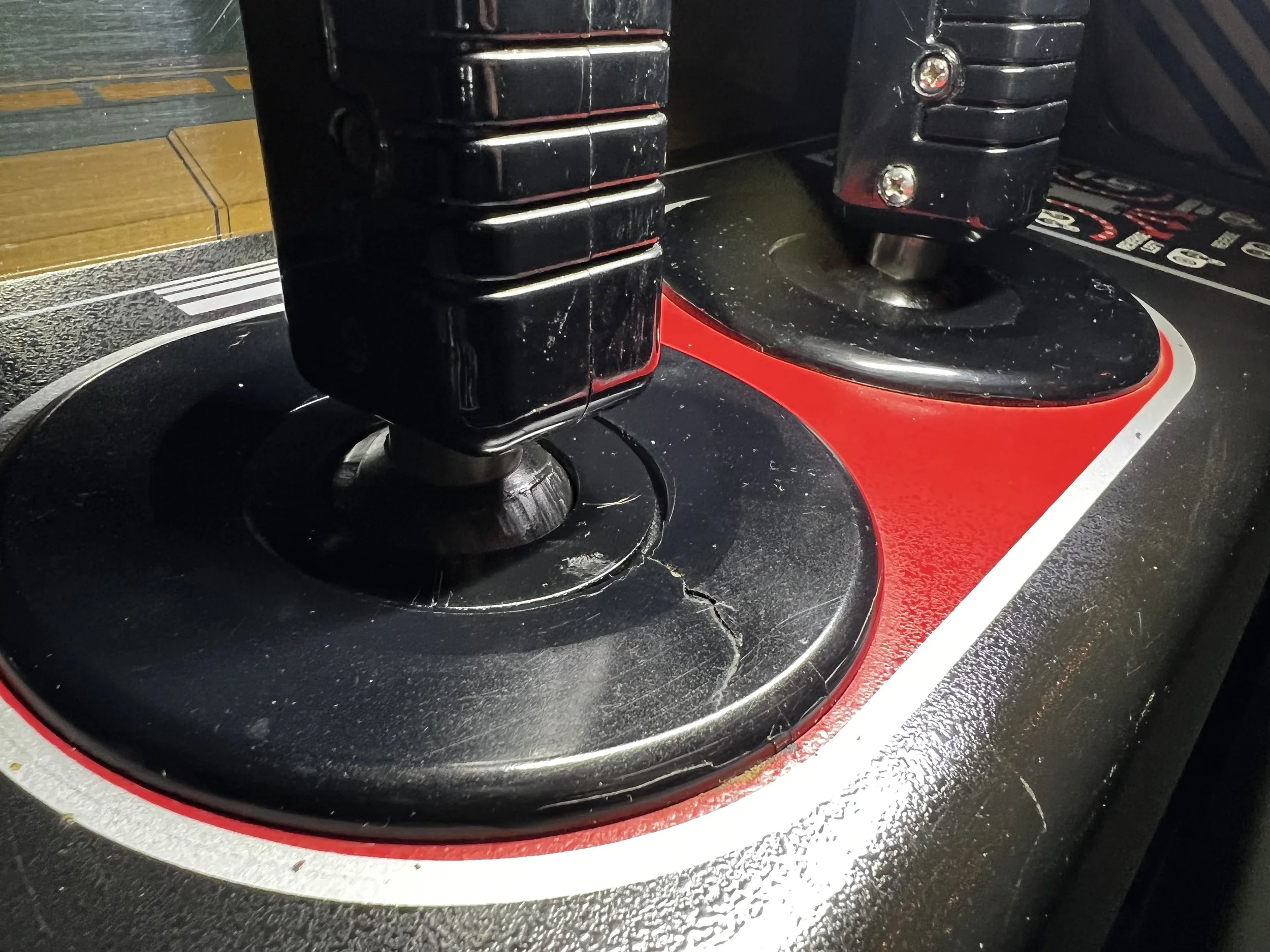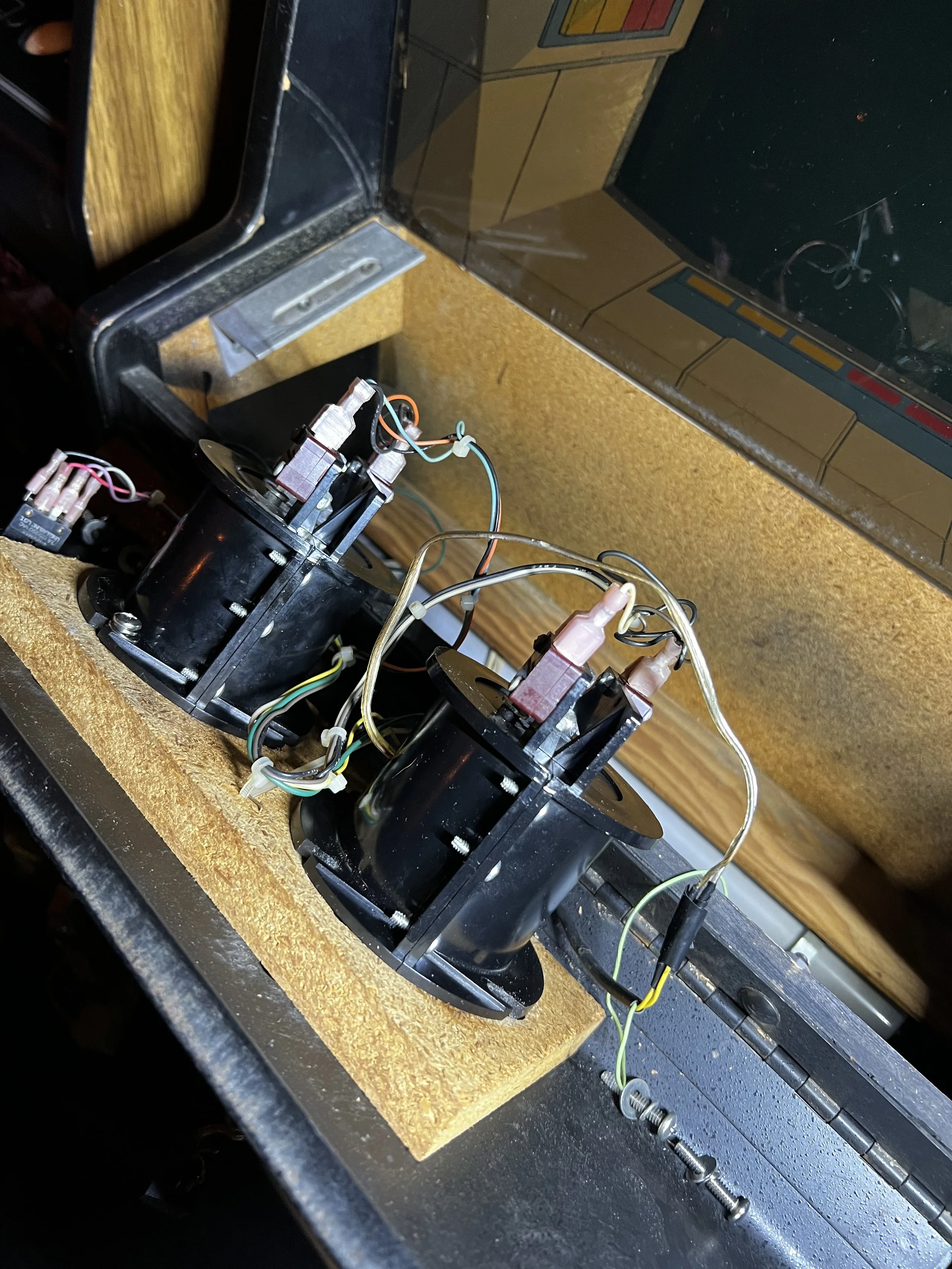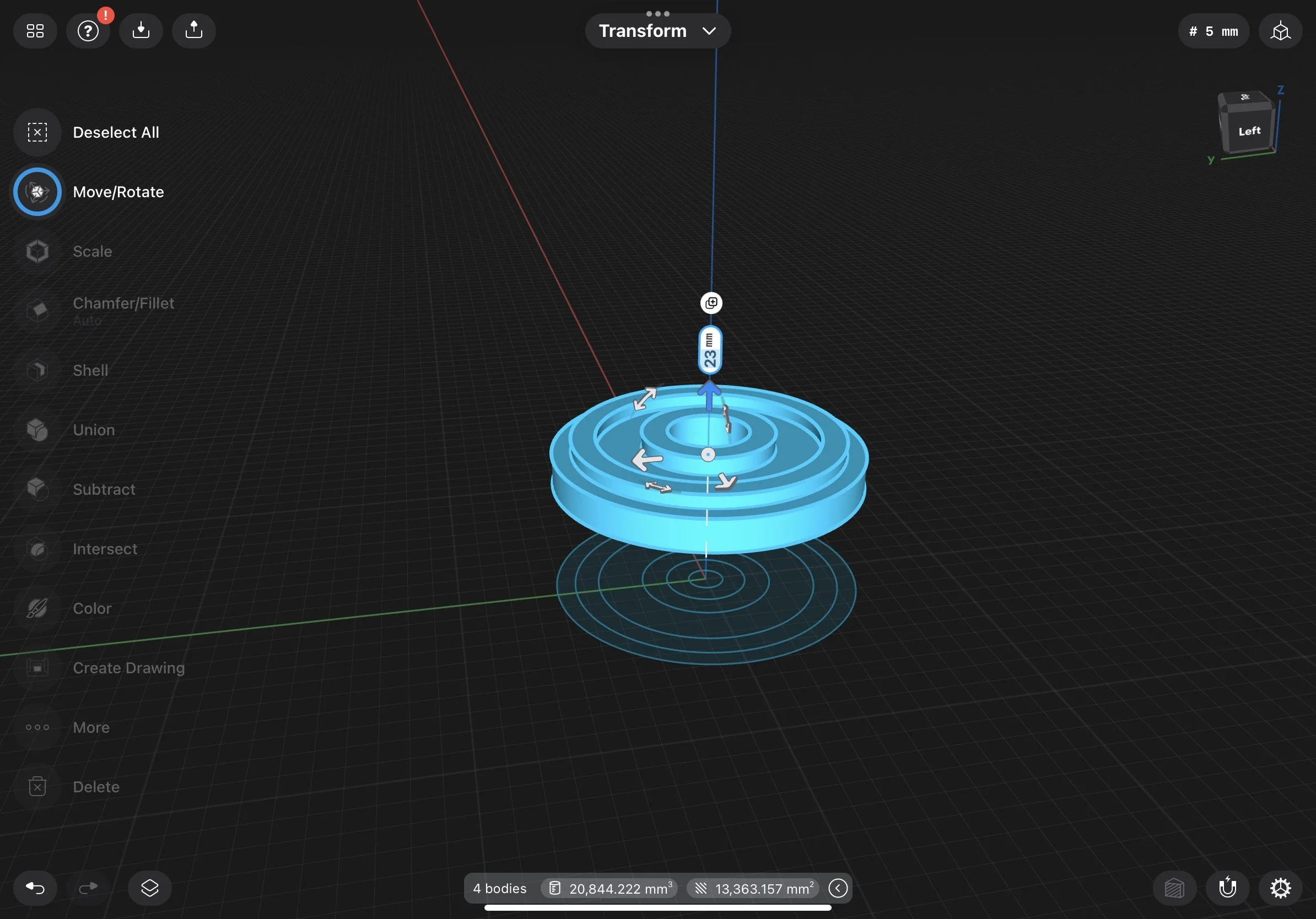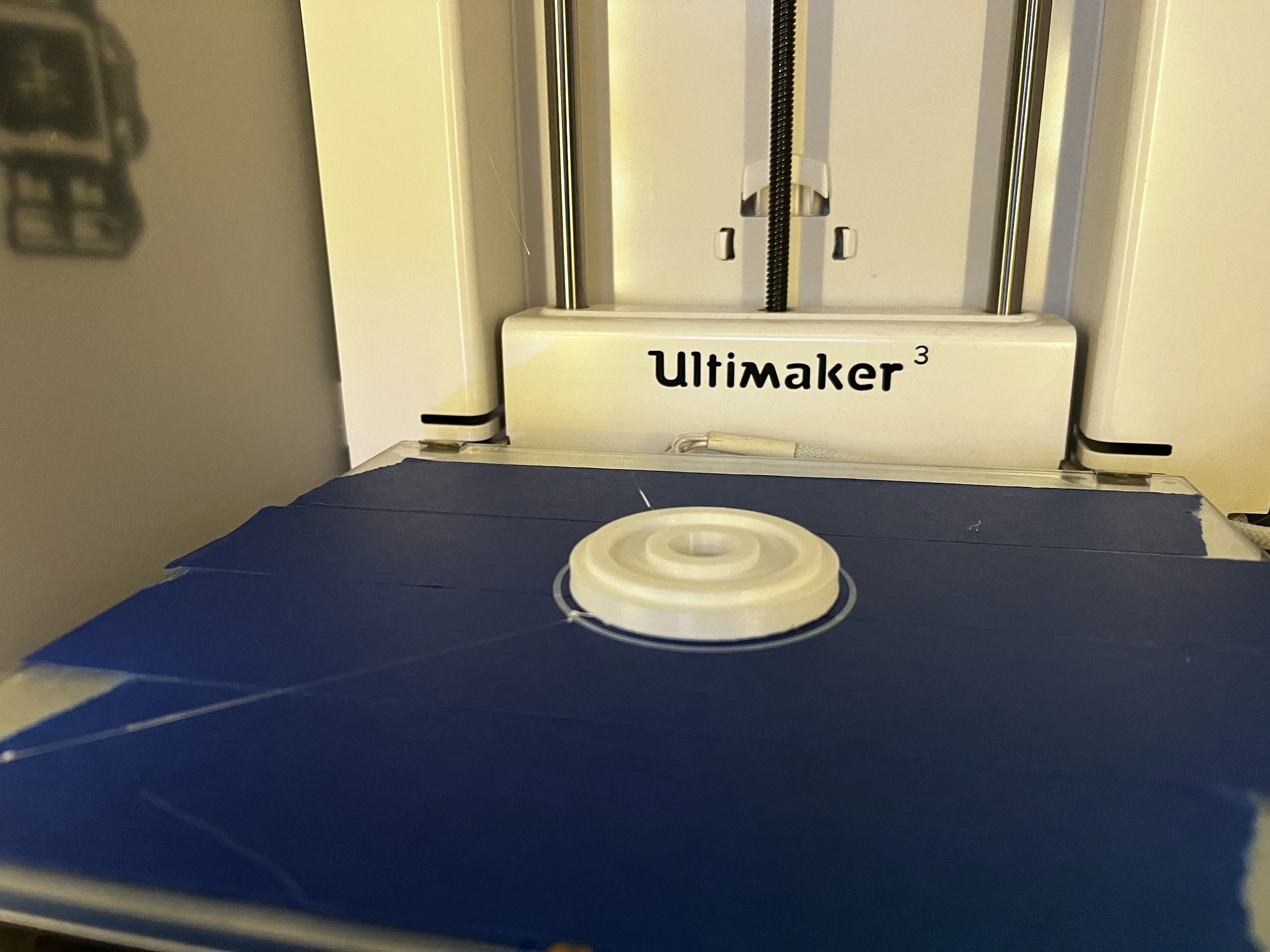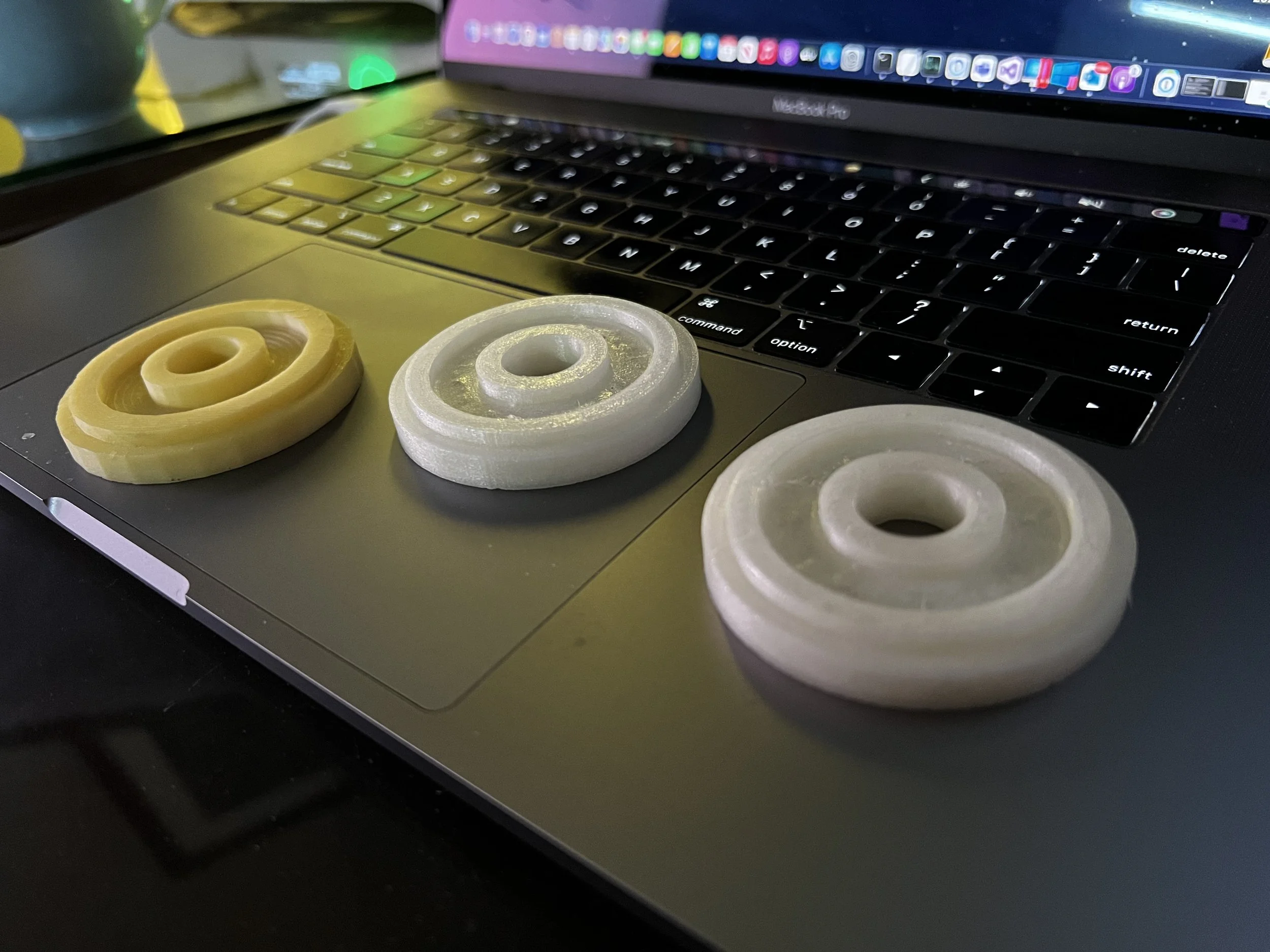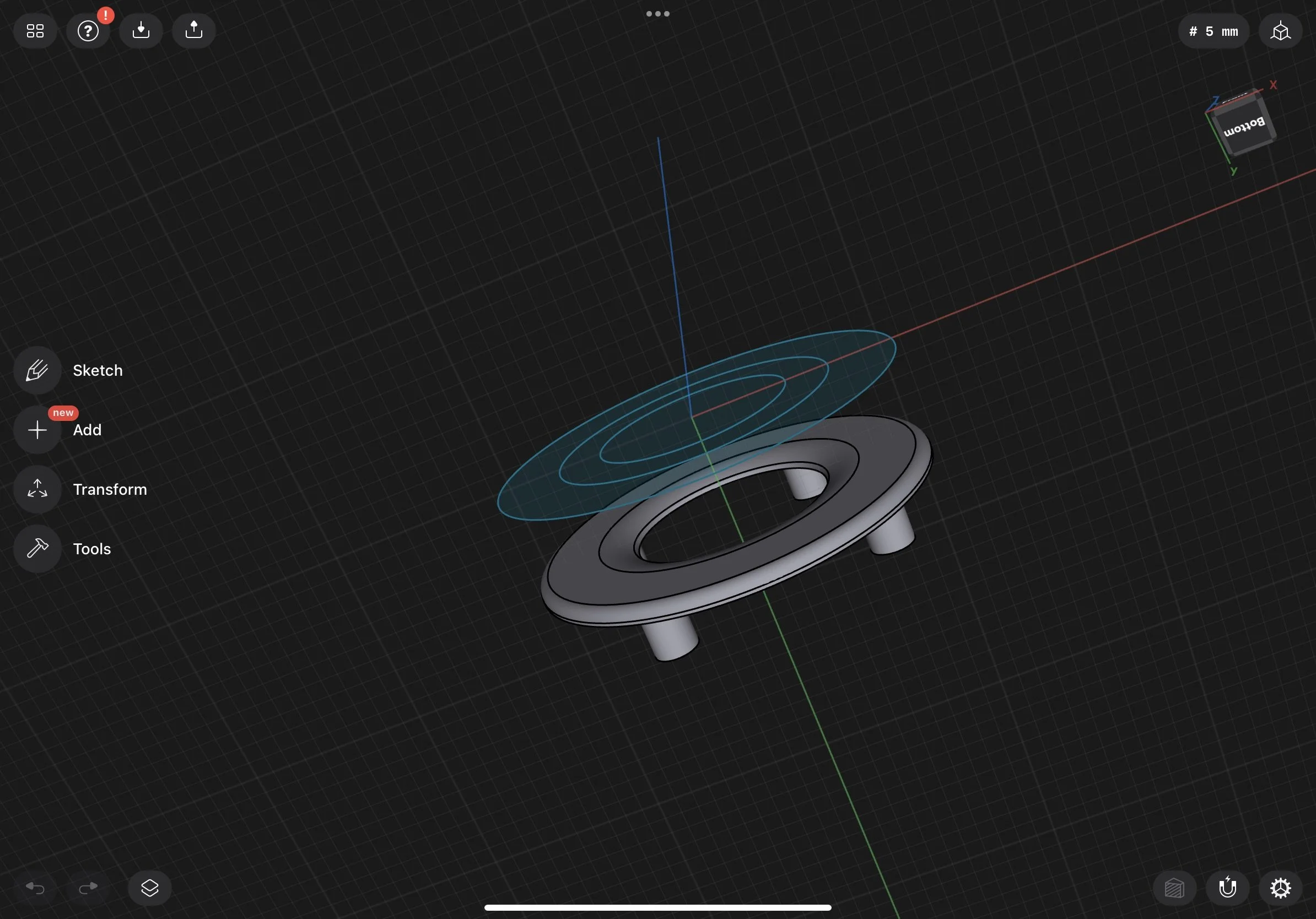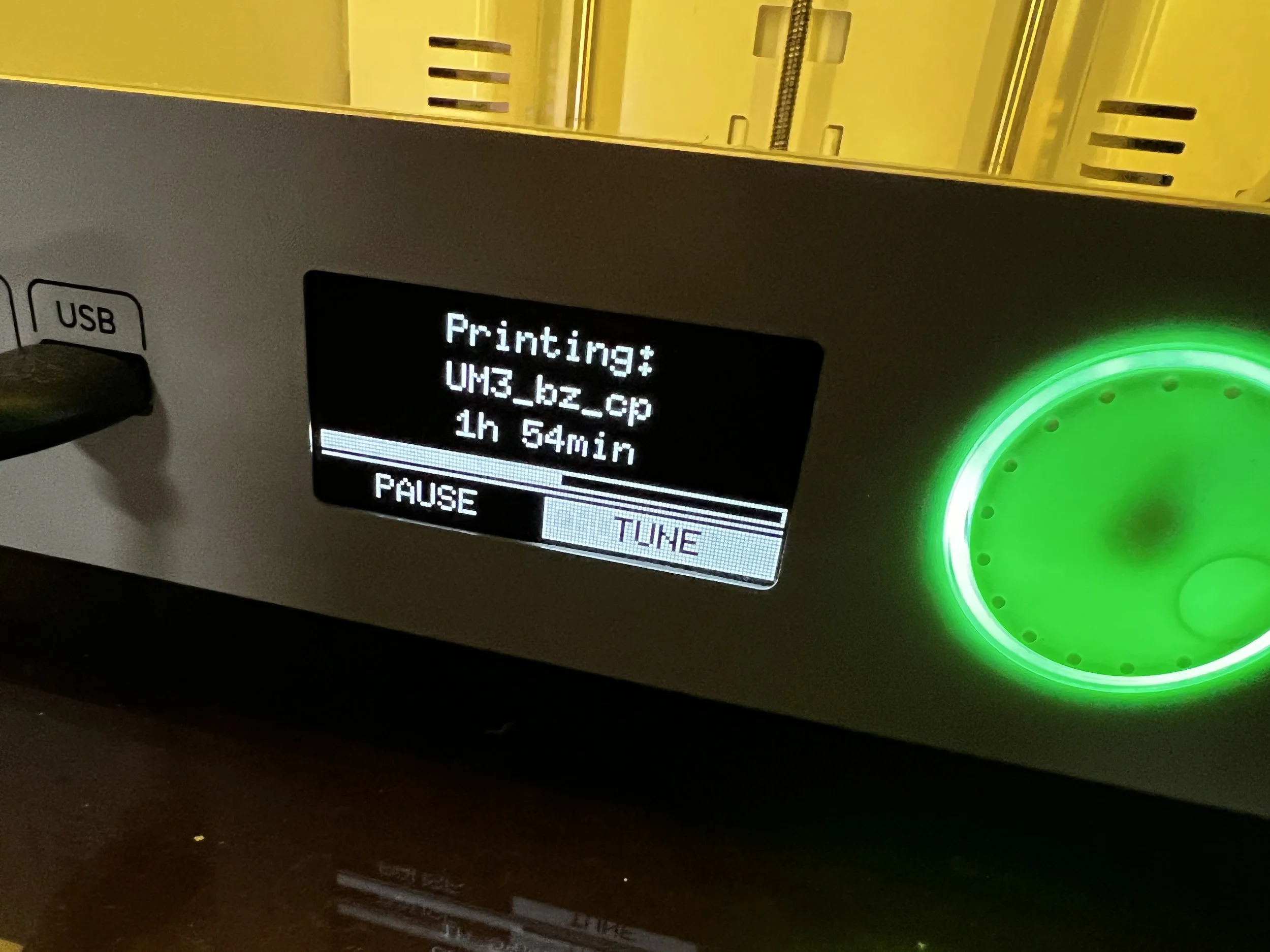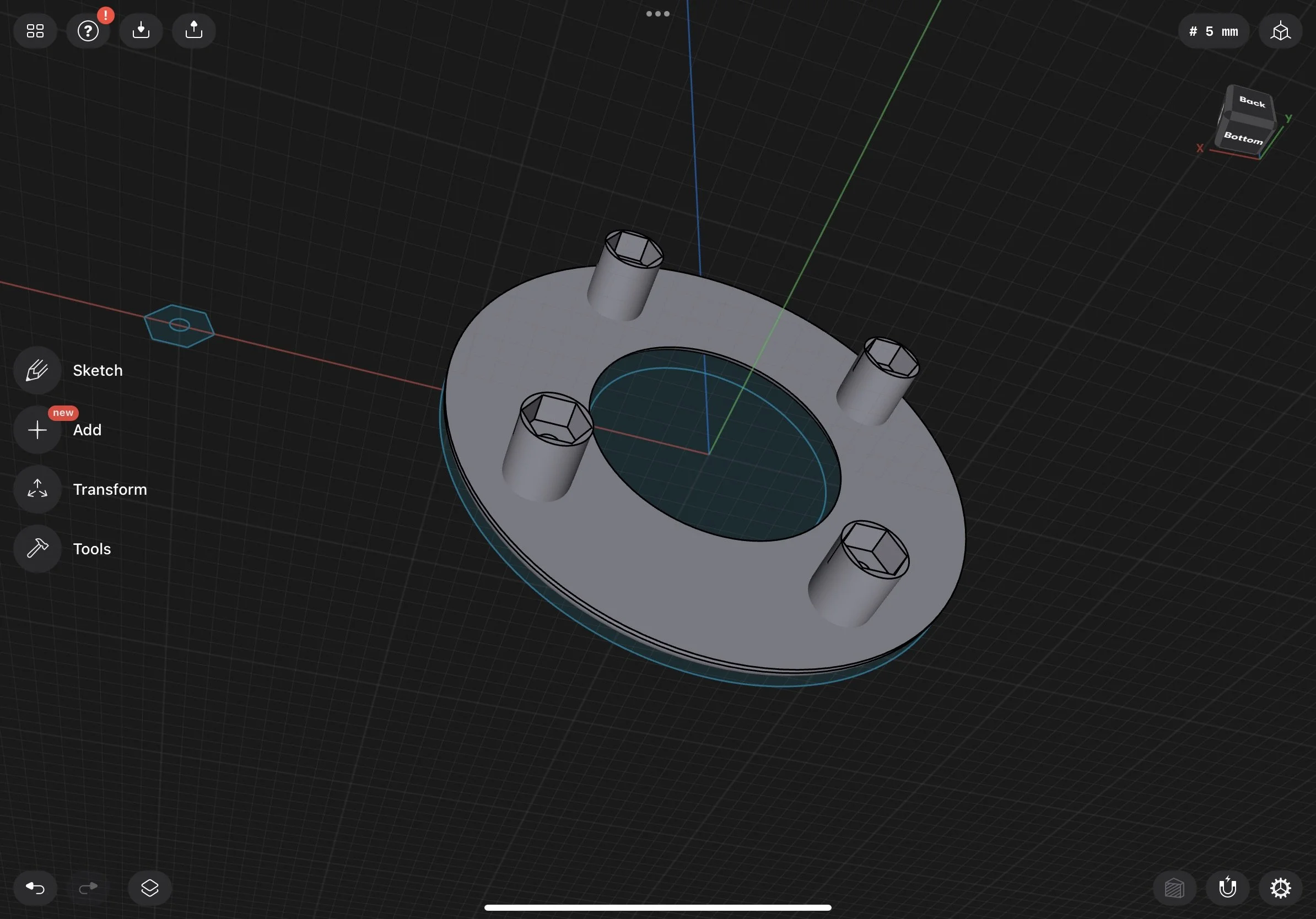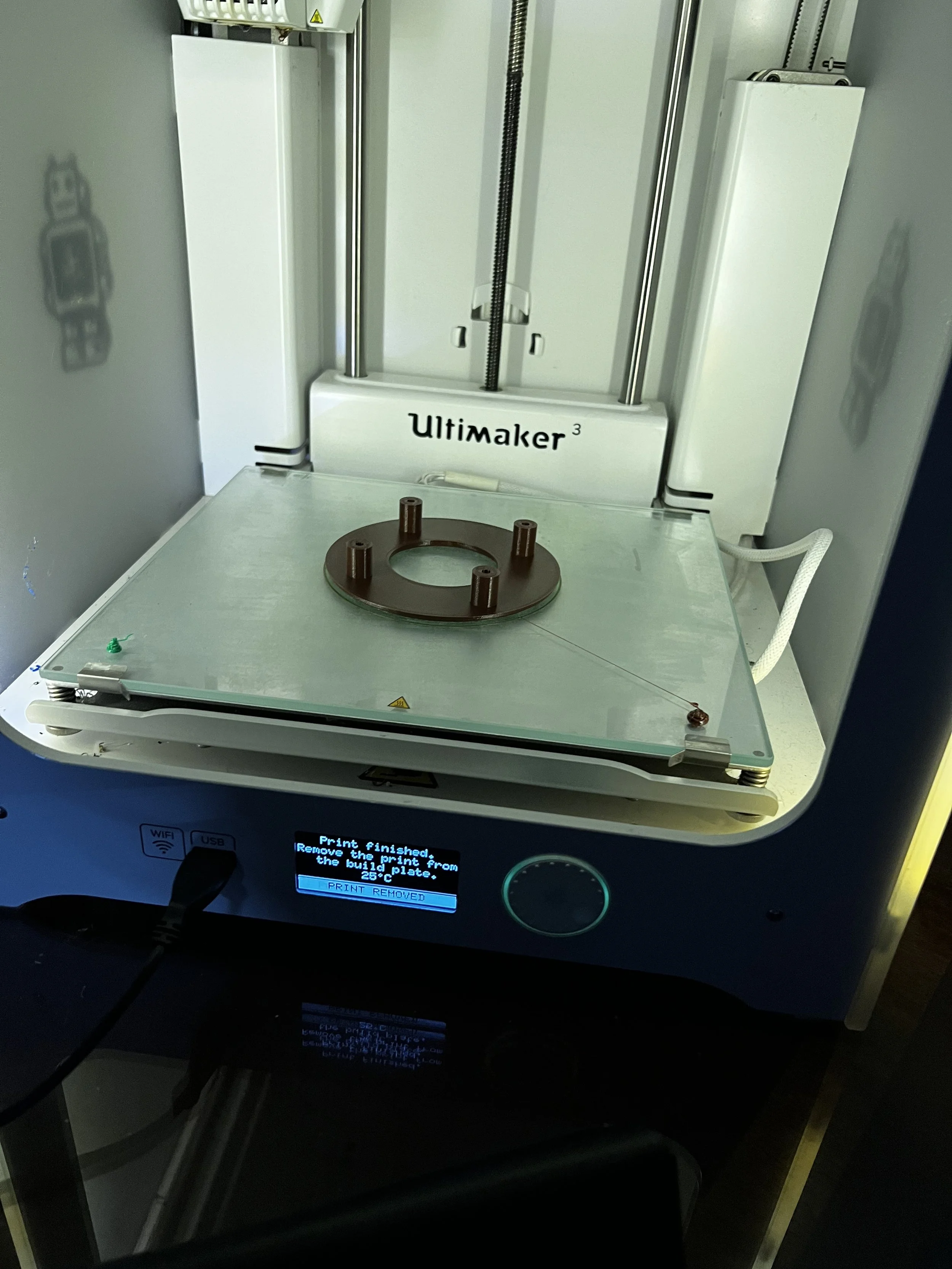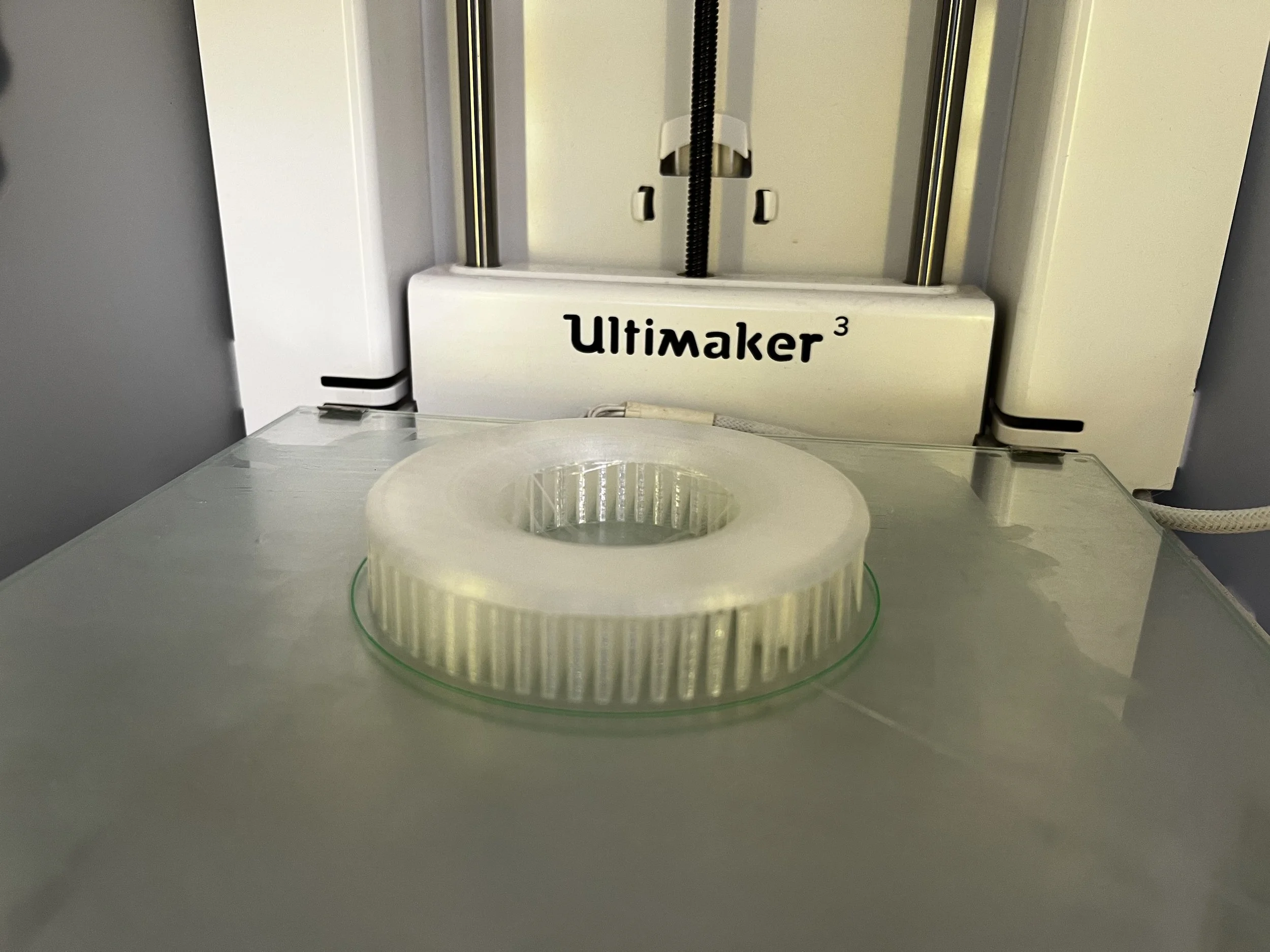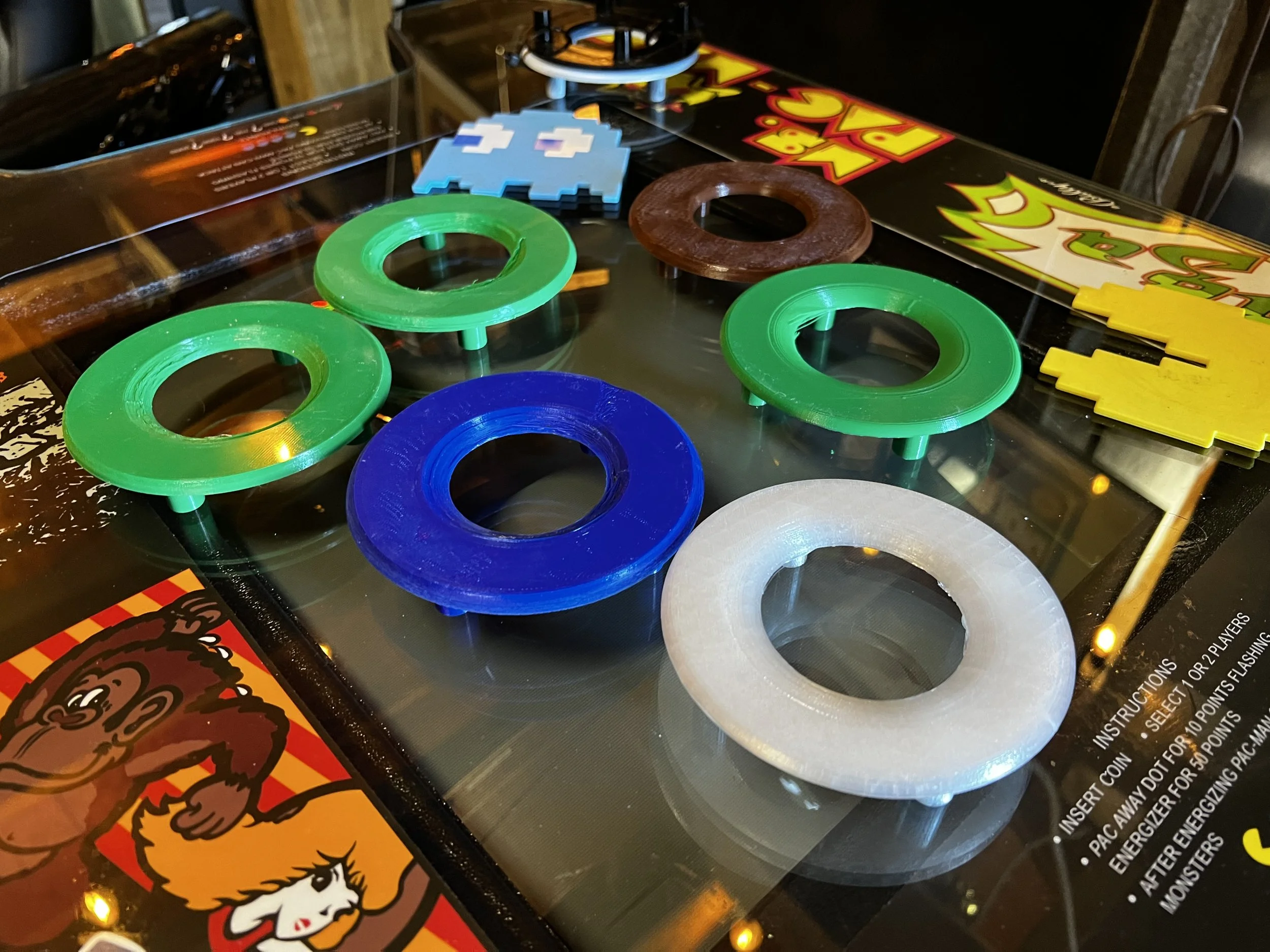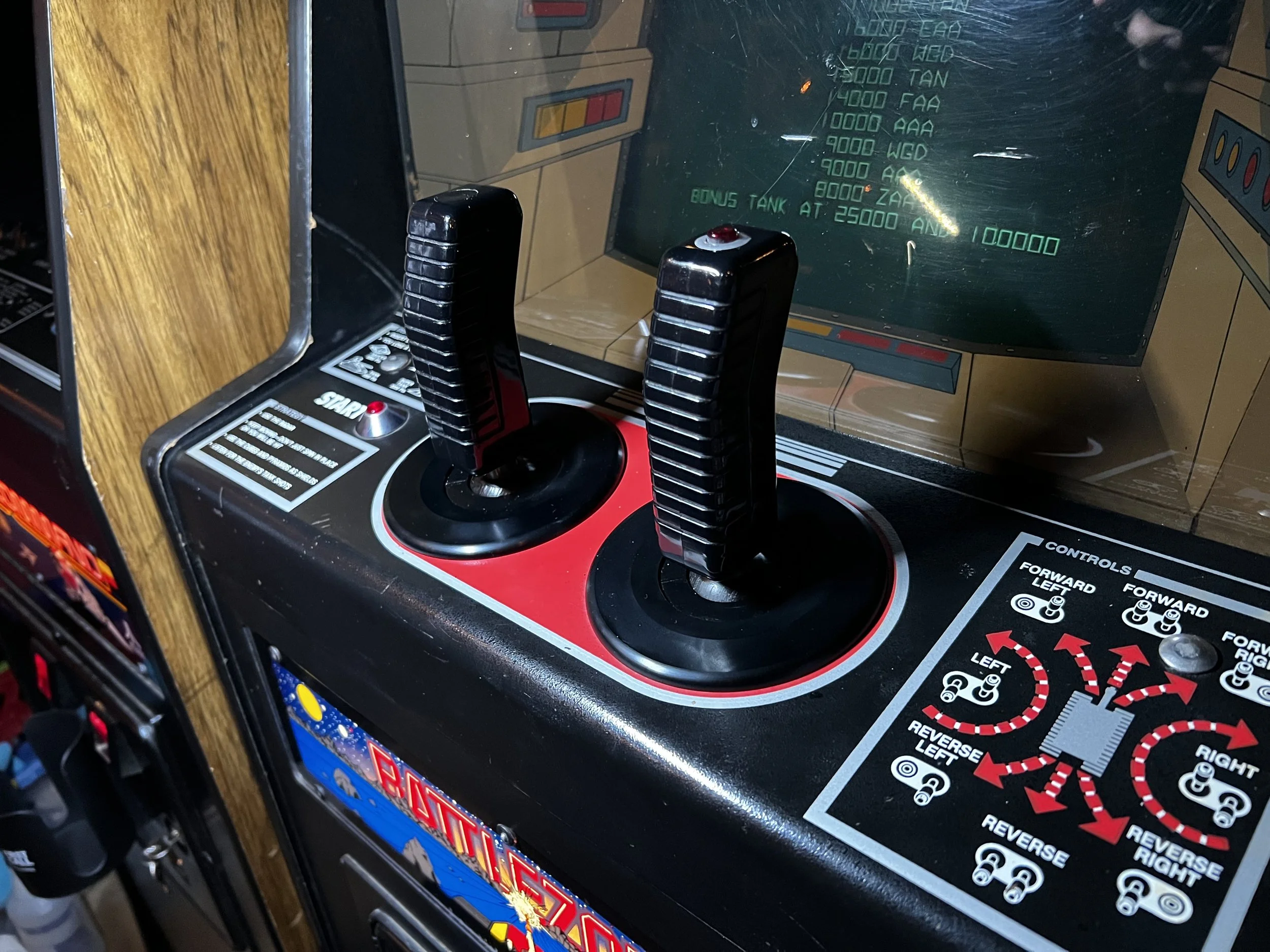I was pretty stoked to check out Free Play Florida this year. It has been a few years since I’ve made it back to this particular show.
Not wanting to diminish the incredible amount of work that goes into these shows…
Maybe my expectations were just too high or not properly aligned but I felt like the show fell short of previous years. I loved the years at SFGE and Free Play Florida that had the game room in multiple carpeted rooms; often with with music and novelty lighting. There was a certain vibe I was hoping to recapture.
I was really looking forward to the carpeted divided room days of the past as expressed through Free Play Florida.
The Verdict: meh
Carpet, Auditory Experience - ☑
Music & Vibes - ☑
Lots of Arcades - ▢
Diverse Lineup of Pinballs - ▢
Well-Maintained Machines - ▢
2 out of 5 checkmarks.. So, much of my post about the show, isn’t going to be about the show. :)
The Venue
The Venue for Free Play Florida is Caribe Royal in Orlando. My initial impressions of the resort are all positive. Friendly staff, spacious rooms, comfortable bed. Magical black-out-curtain on the window. The show room blocks were reasonably priced, too.
The venue also hosted American Legion members and as someone with one foot in NerdDom and one food in other interests, I found the mingling of Retired Vets and ÜberNerds to be choice people-watching faire. The mixture of poor hygiene, stale cigarettes and untethered-from-reality bumper stickers really took me back to being a kid and of riding along with Dad delivering semi-truck tires to truck stops service centers.
Jock Lindsey’s Hangar Bar
A trip to the Disney-adjacent portions of Florida wouldn’t be complete without a stop off at Jock Lindsey’s Hangar Bar for a drink.
Awesome Legos are Awesome
Queuing Up and ticketing
Always find it a little odd when preordered tickets and day-of tickets go into the same line. The checkin process was struggling a bit; the Friday-night queue took about 20 minutes to pick up pre-ordered tickets and a game shirt. We actually asked questions about after-hours events and didn’t really get answers. Maybe they are just figuring it out..
I’m also wondering what the point of the lanyard AND the paper sticky bracelet are. Generally speaking it isn’t a good idea to adorn yourself about town with something to draw attention to your tourist-status. Makes you a target for shenanigans. Also, I’m about to go eat seafood… so now I get to walk around with a crabby-smelling paper bracelet? Negative Ghost-rider, the pattern is full.
The Game Floor
I have to admit, my initial impressions walking around the game floor were: “This is it?” On the first night of the show, none of the AAA new titles were on the floor and the larger vendors were still at IAAPA. The arcade showing was poor and many, if-not most of the pinballs had issues, often serious ones.
Why do people bring rusted, broken ragged out games to a show just to sit turned off all weekend? I recall feeling a certain level of apprehension bringing games that lead me to want to harden them, have a nice presentation. I’m not specifically picking on the game above, as it did get fixed but there were many games down all weekend and quite a few rust-buckets in the lineup, this year. Seriously, why do this? Just to get a free game-bringer pass by sacrificing the continuity of show quality?
Normally, these shows are such a challenge to fit all of the games into the space, you’d never see the backs of a pin row like this.
The [People] : [Working Games] seems a bit off here.
I don’t know why this was here but it made me smile; I suppose that is reason enough.
Dinner was had.
Day 2: things are looking up
Ice Cold Beer Remake
Flipperless Pinball
A legend plays a legend
Liquid Dinner and great tunes
After Party
It is pretty common for shows to offer after-hours events for game-bringers and show exhibitors. Free Play Florida opens up and allows folks to buy extra-magic-hour tickets for $25. Ostensibly, the whole point of the after party is to get in with shorter lines.
That really didn’t pan out for this show. The lines were still there.
Sorry to harp on this but for some reason this show wants you to wear a paper hospital bracelet in addition to the lanyard. The show lanyard art and presentation was nice. The paper hospital bracelet? Not so much. For weekend passes you were the green one all weekend. I suppose daily showers and bathing rituals aren’t considered here. The pink one is for the after-party. The thing to do here is to flag the lanyard with color coated-ribbons, stickers, marks or use color-coded lanyard straps. Not: psych-ward bracelets.
Takeaways
Pros
Little Shop of Games, CGC, Pinball Dudes were great and frankly saved the show IMO
The antique / flipperless pinball presentation was very cool and well staged
Carpet (Deadens sound, reduces standing fatigue, you can almost hear a game while you play it!
Music, Dancing, Lights
Nerds having Fun
Venue was a great value and great location
Cons
Very Poor Arcade Showing (quality and quantity)
Very Poor Game-Bringer Pinball Showing (duplicate games, non functioning games)
Staff Seemed Disorganized (Checkin was a squirrel circus, no way to formally report game outages, plus other inconsistencies)
Attendance Parking is a problem at this Venue









